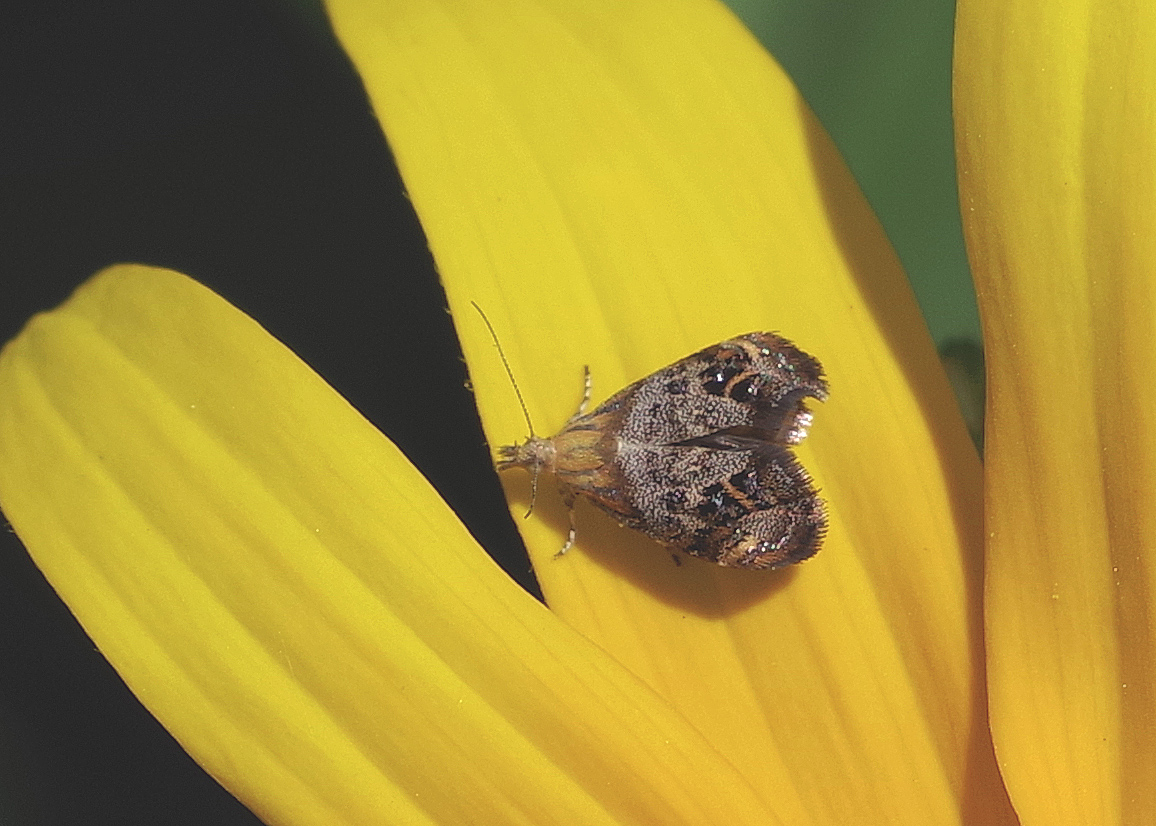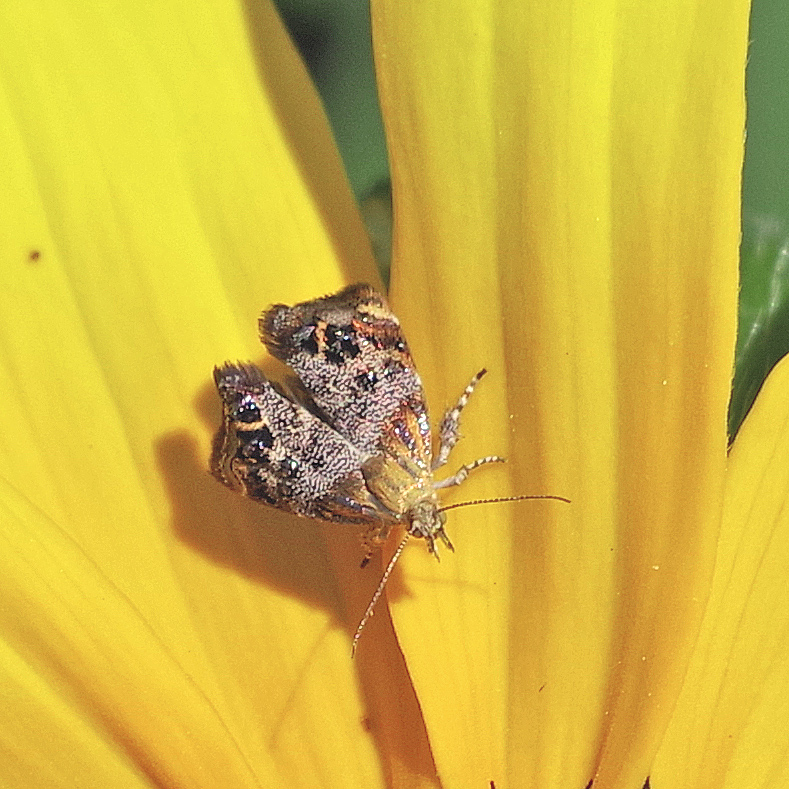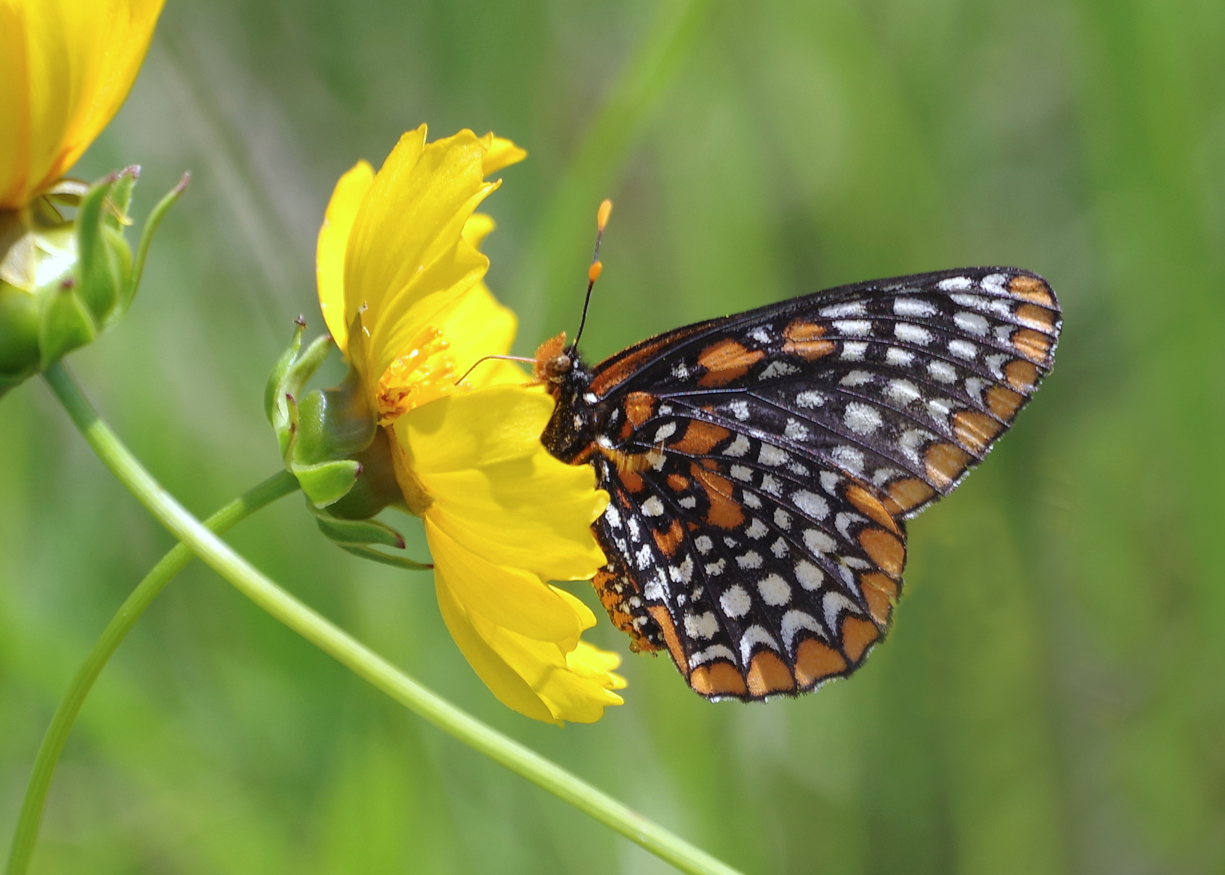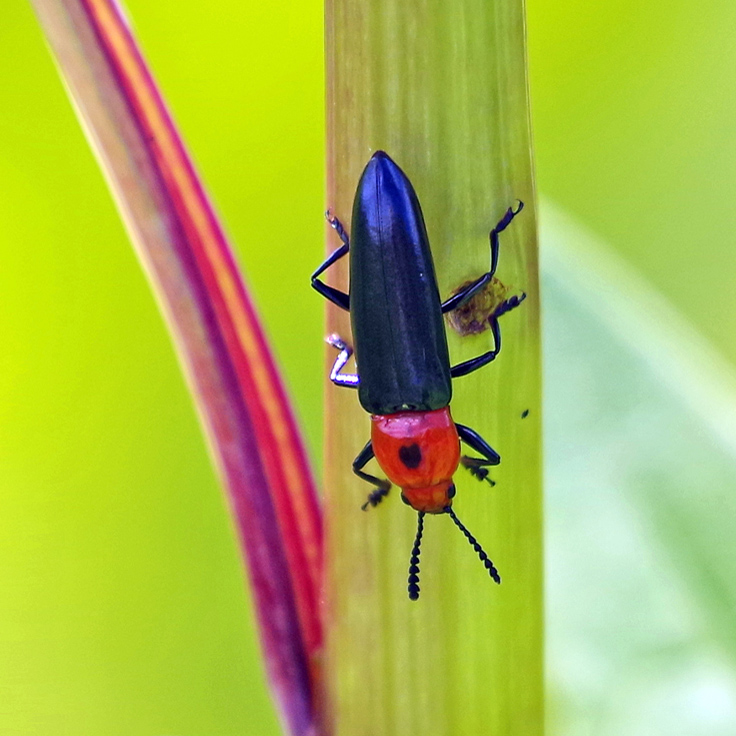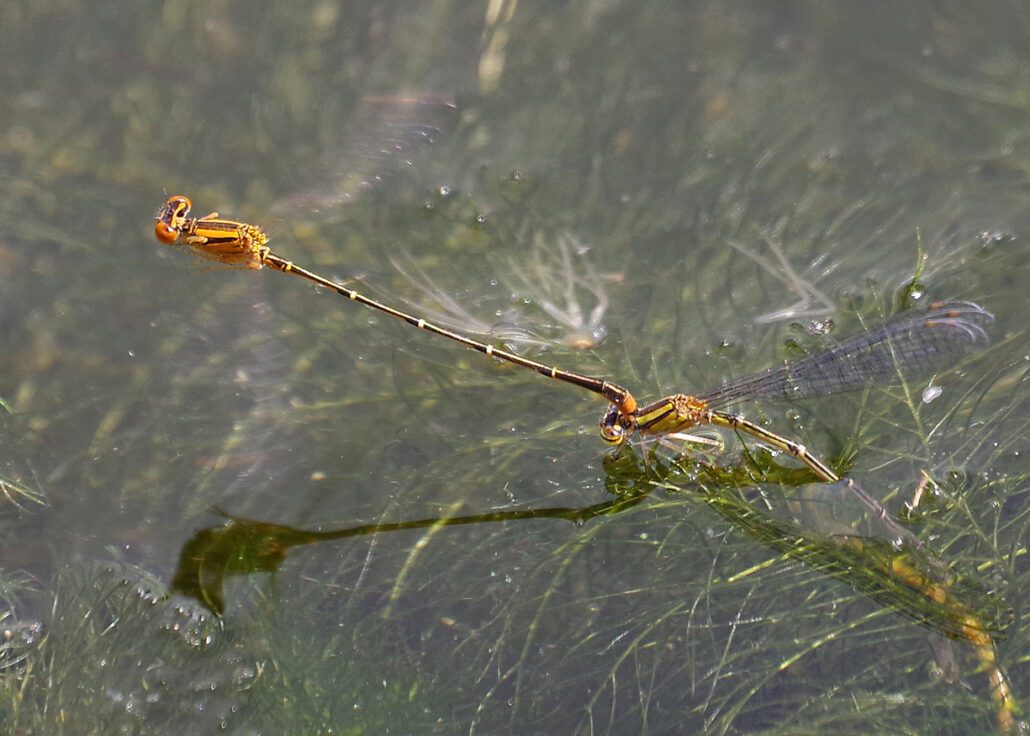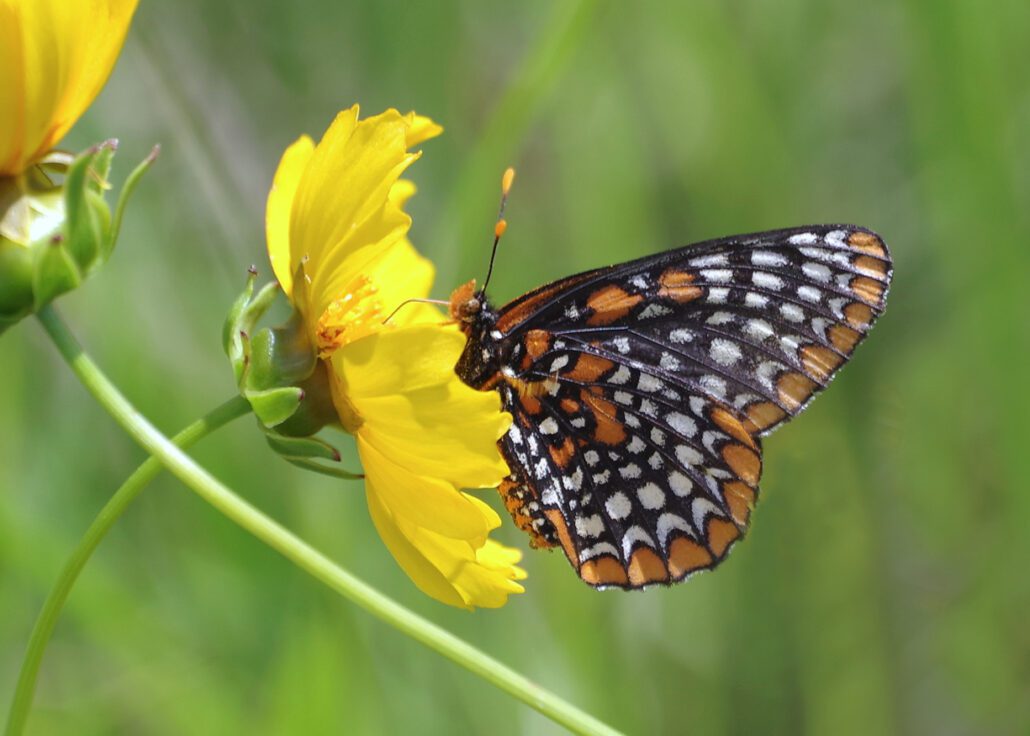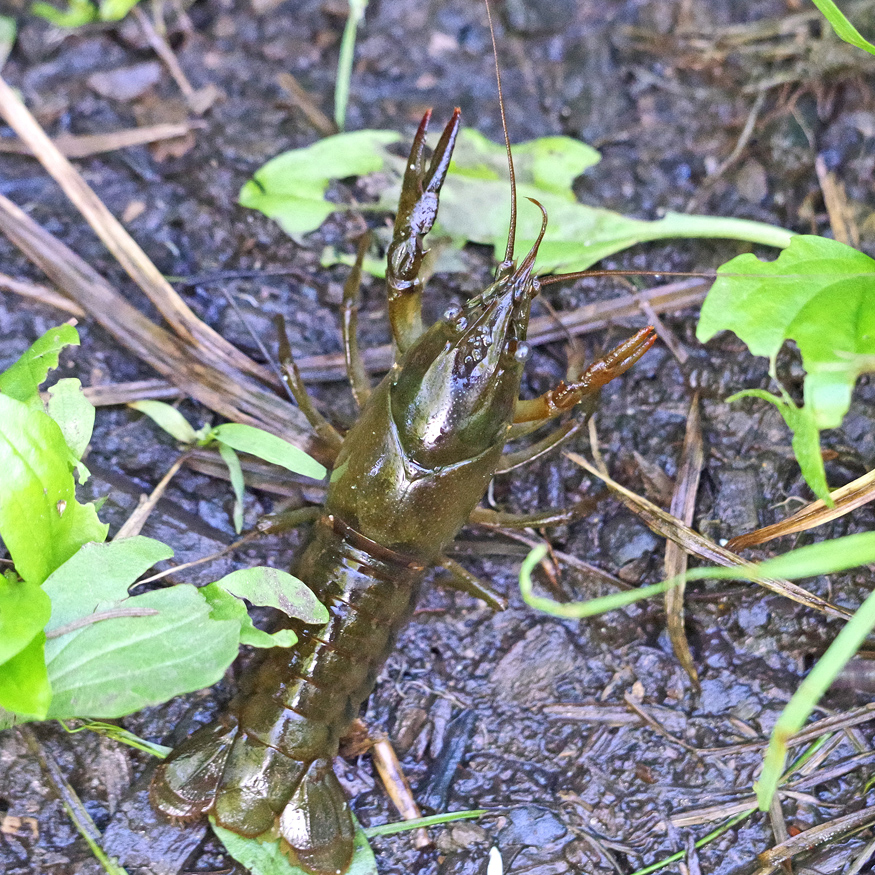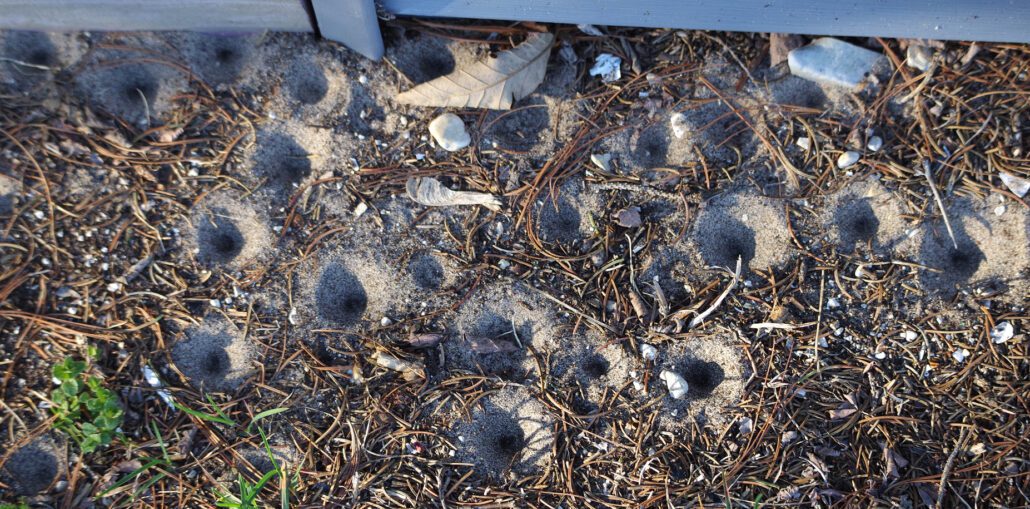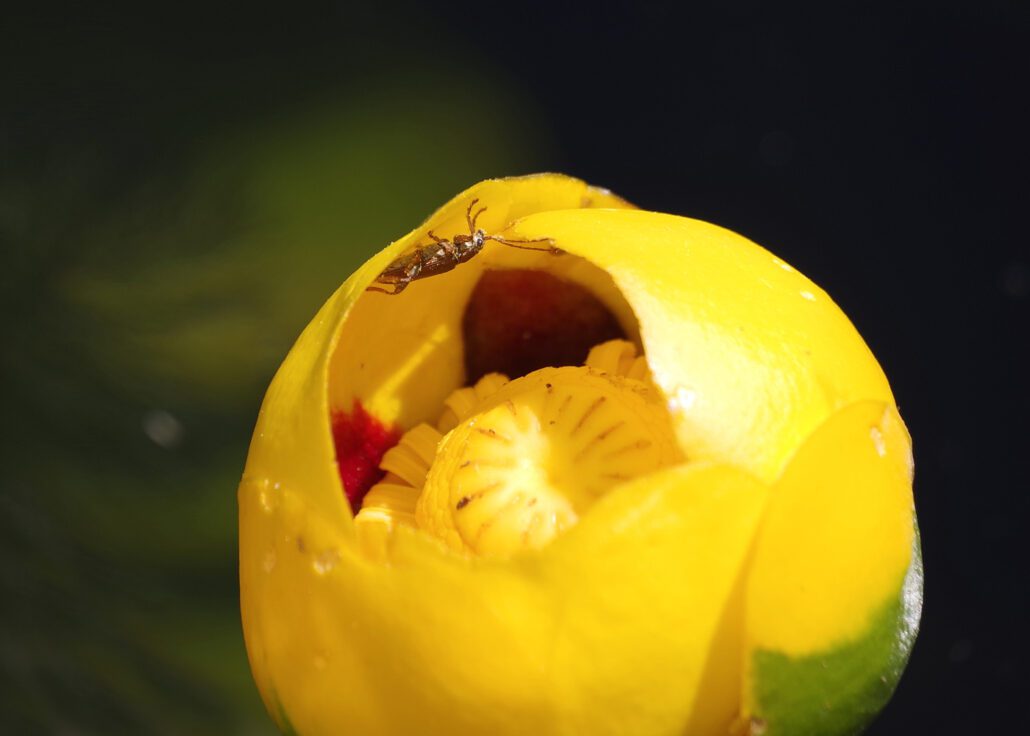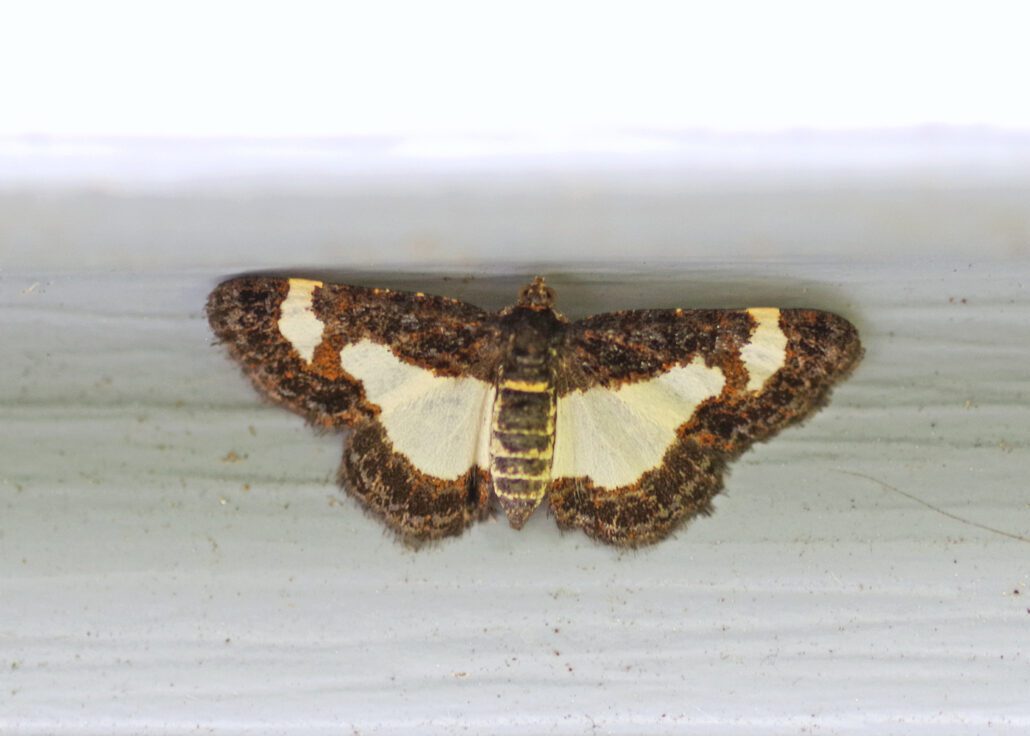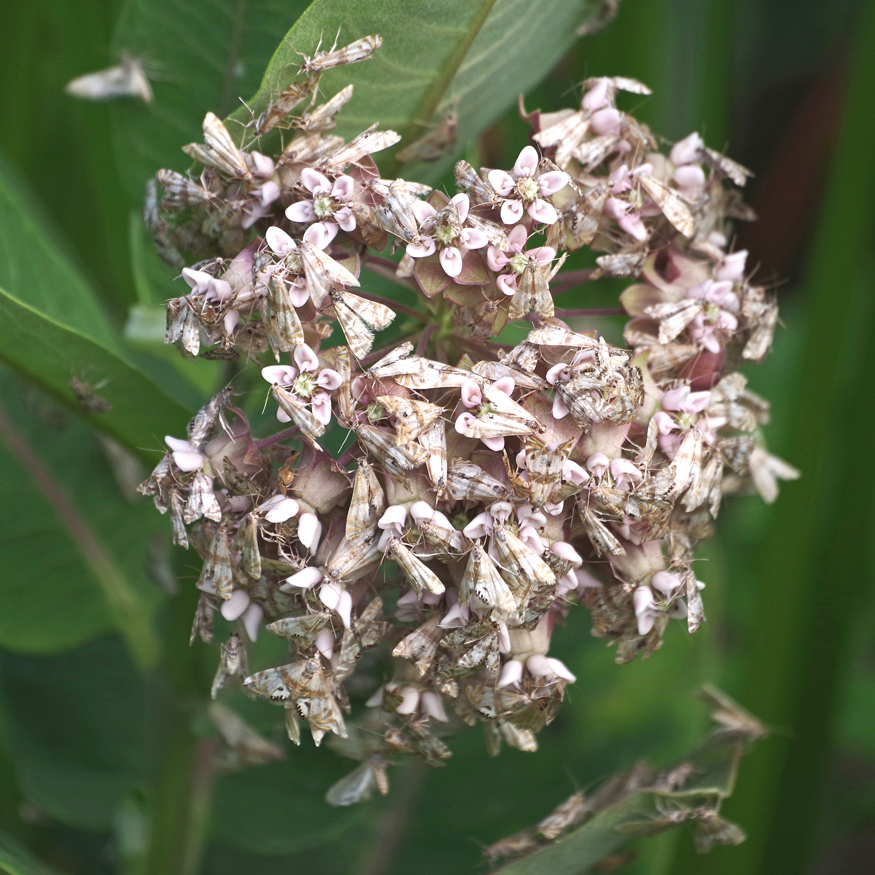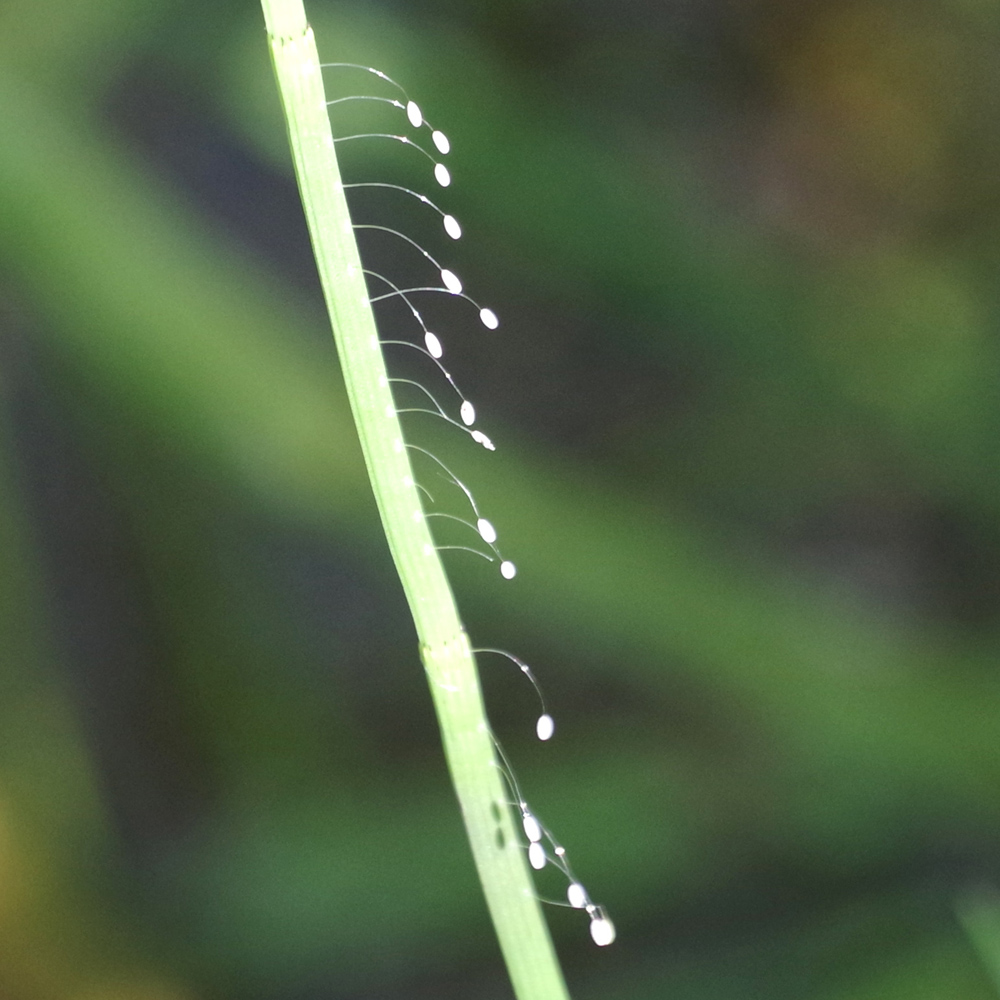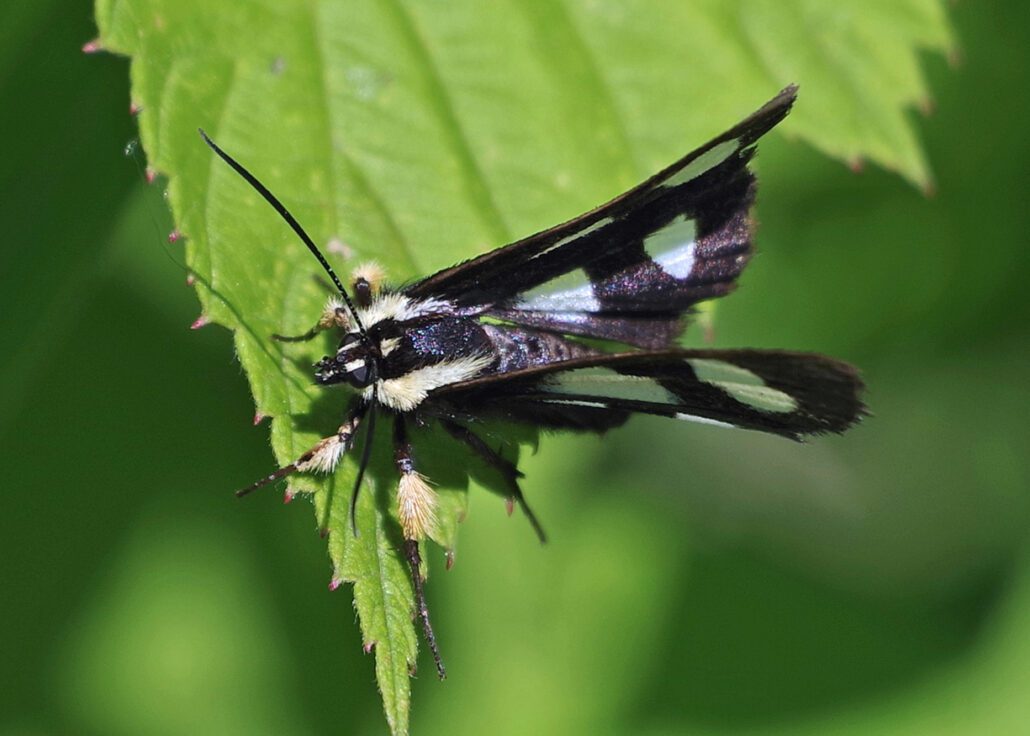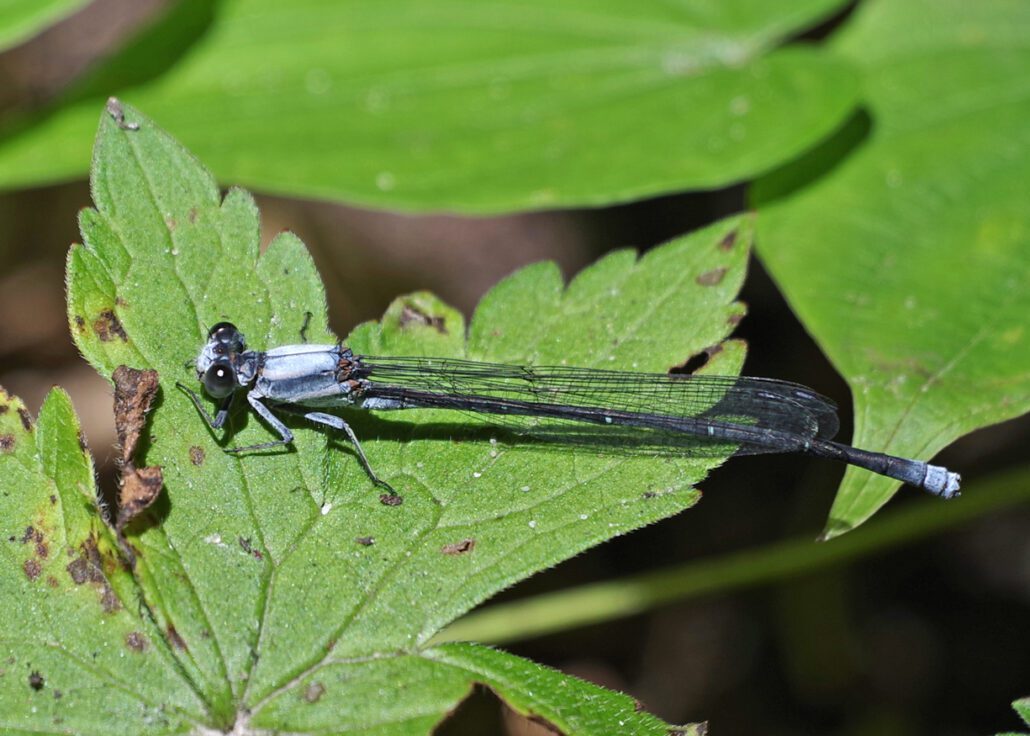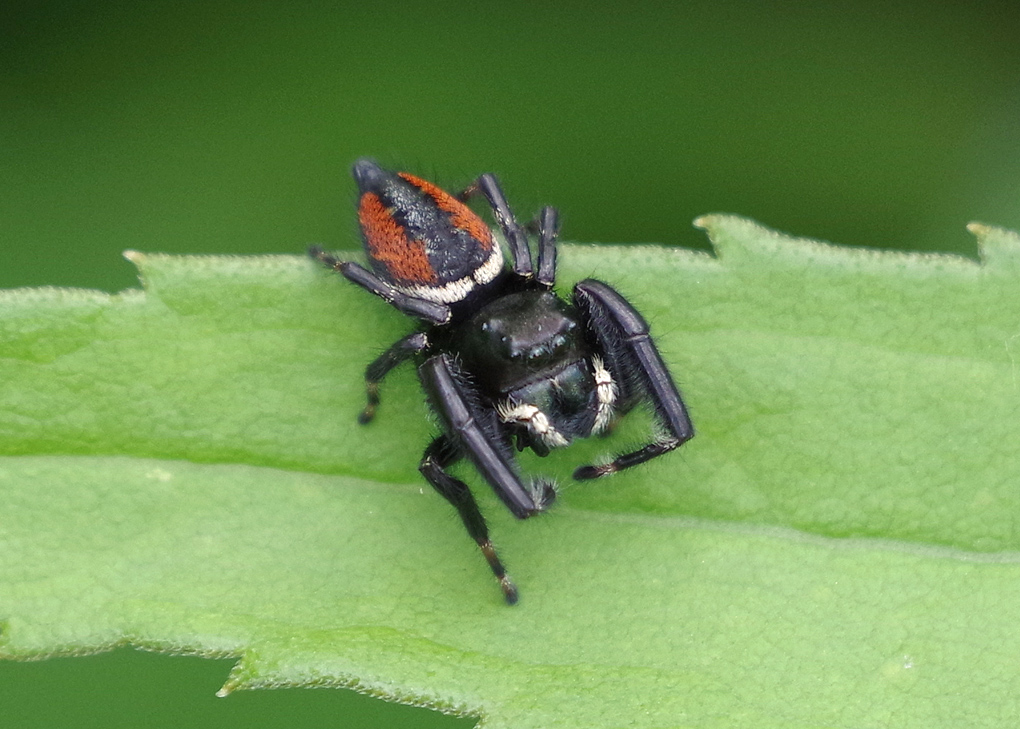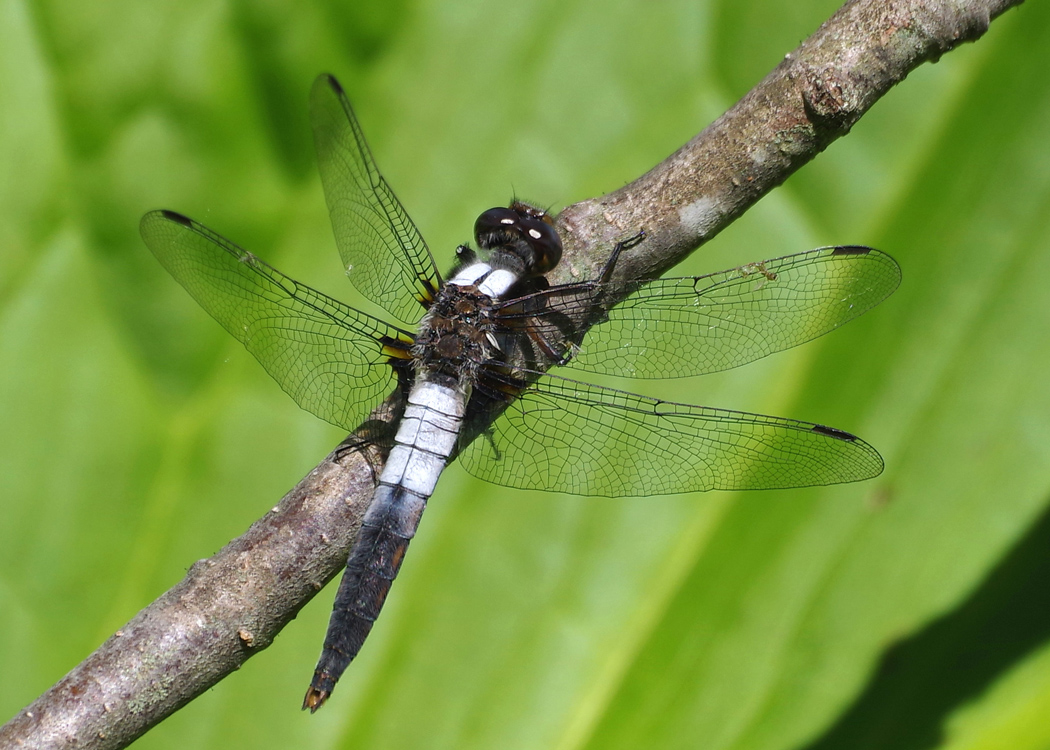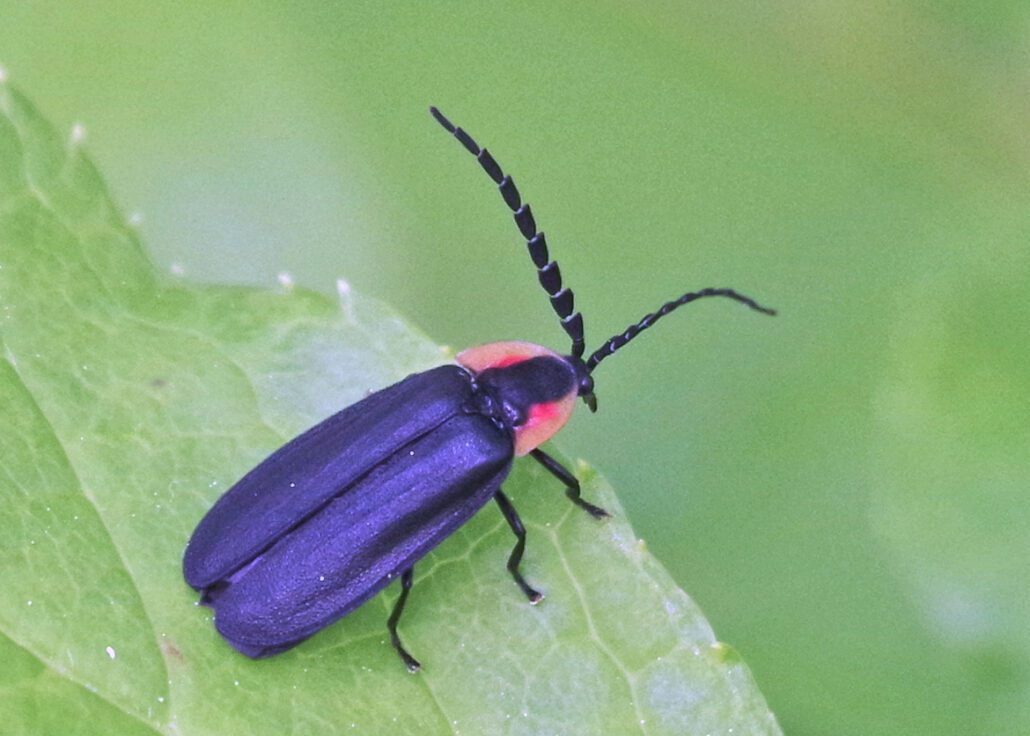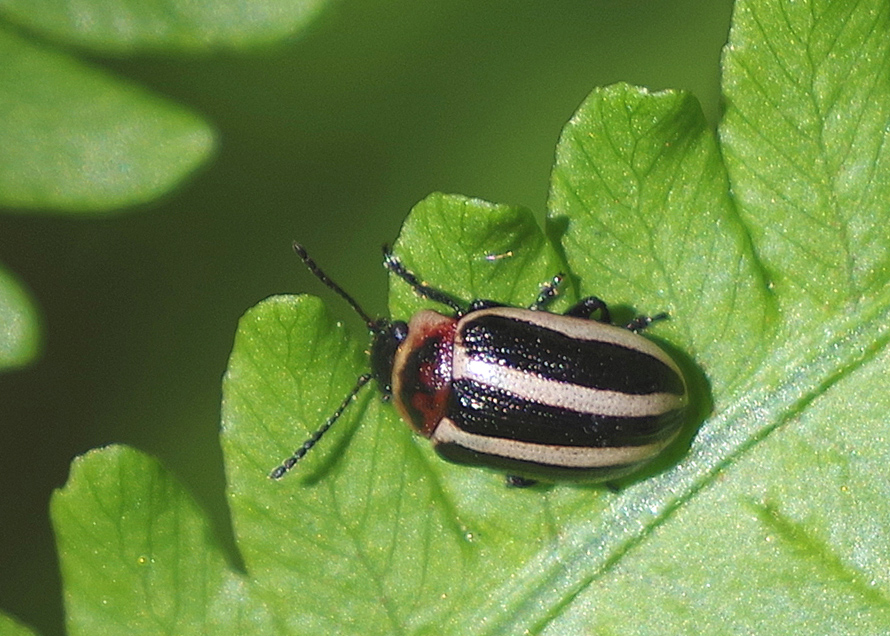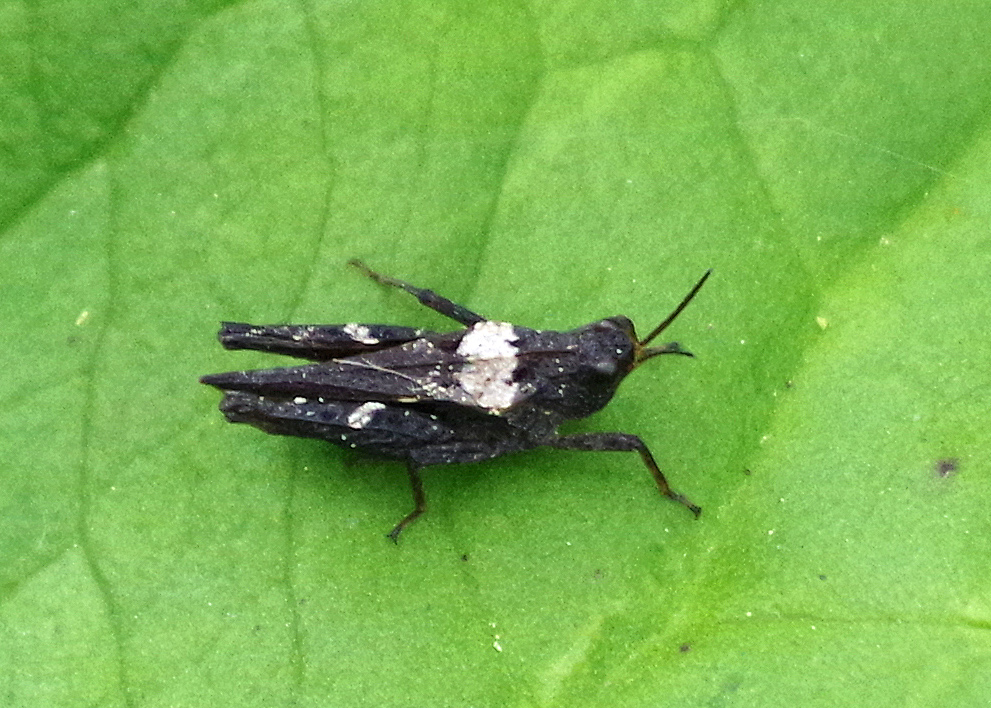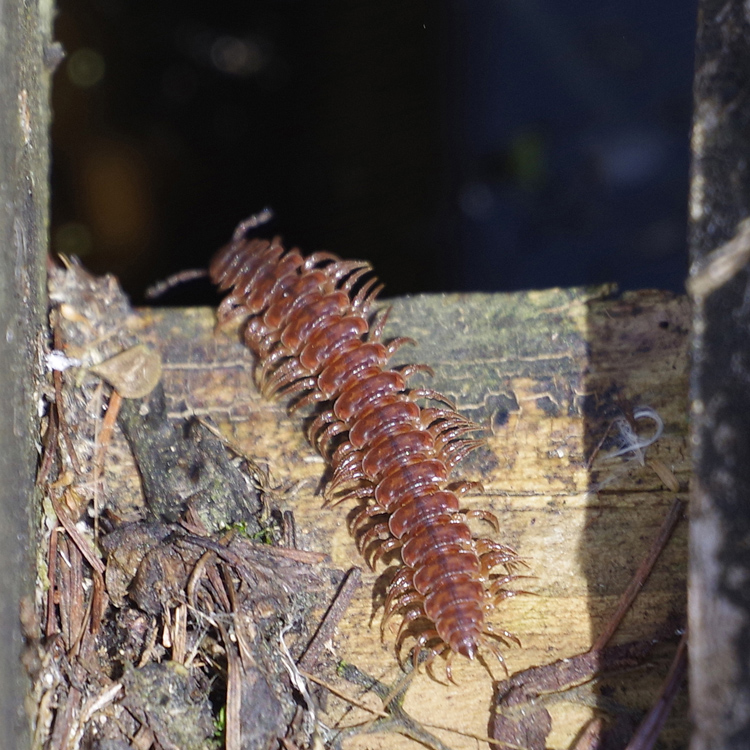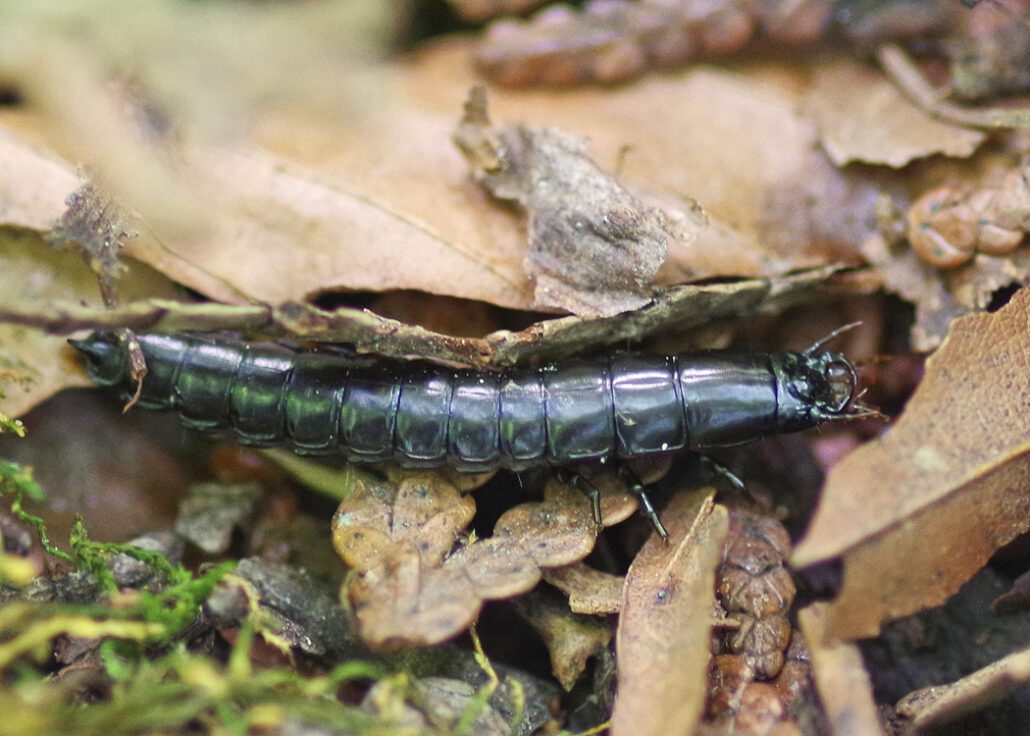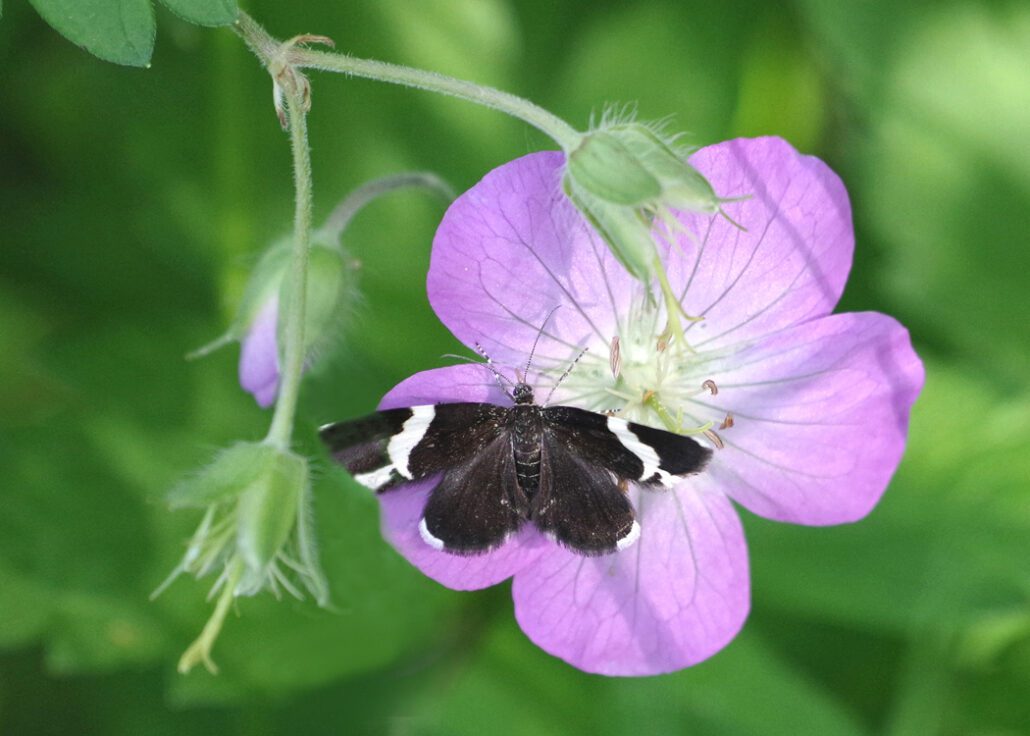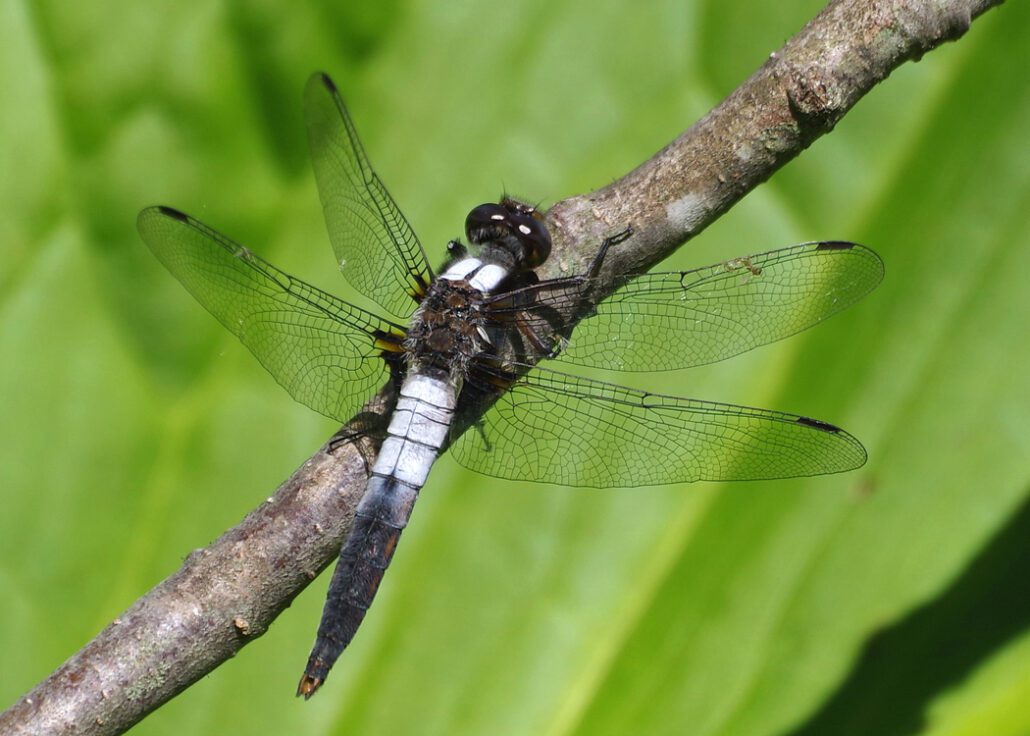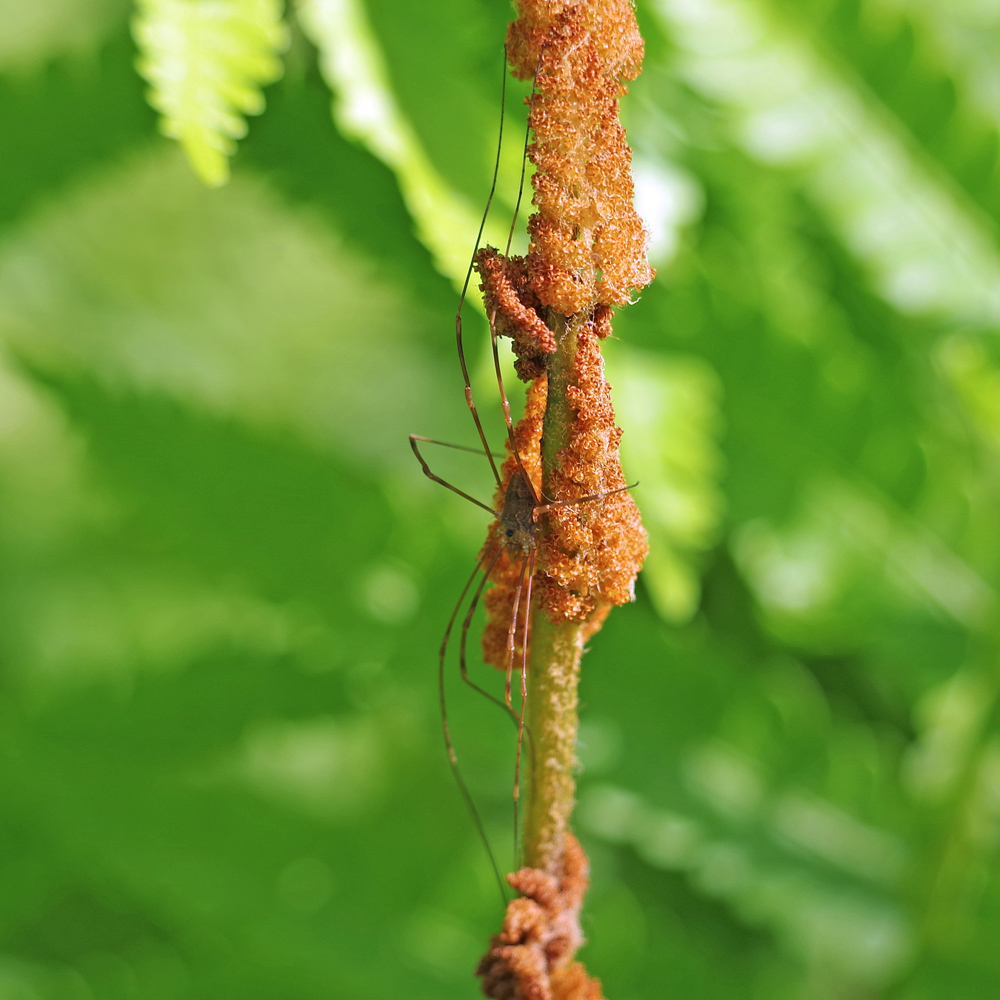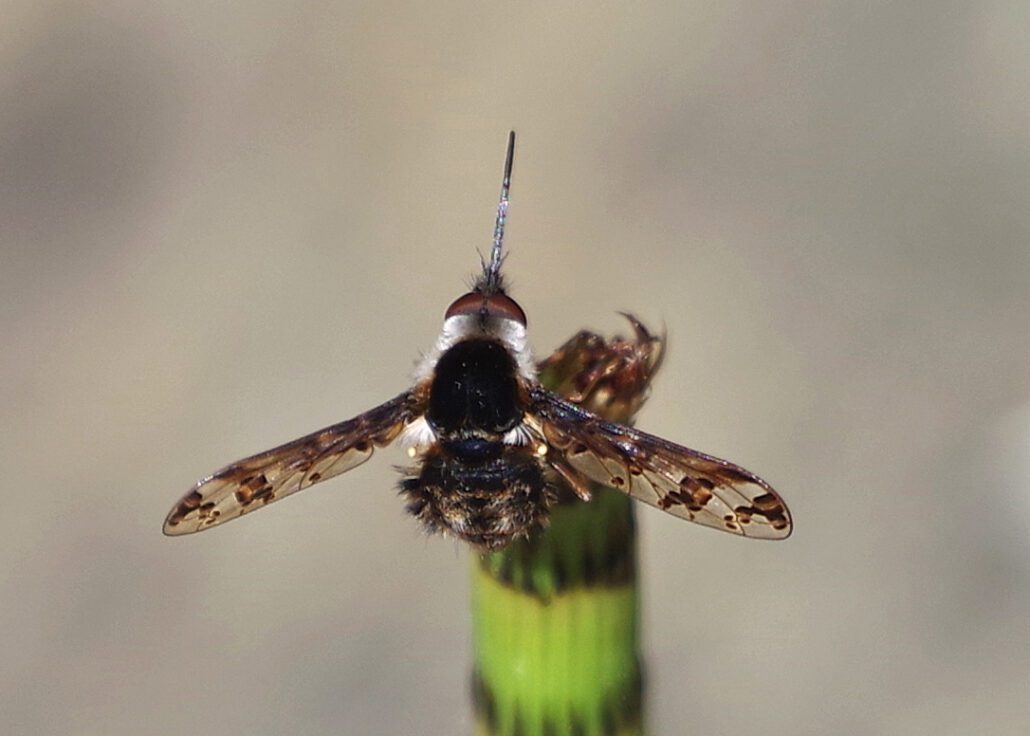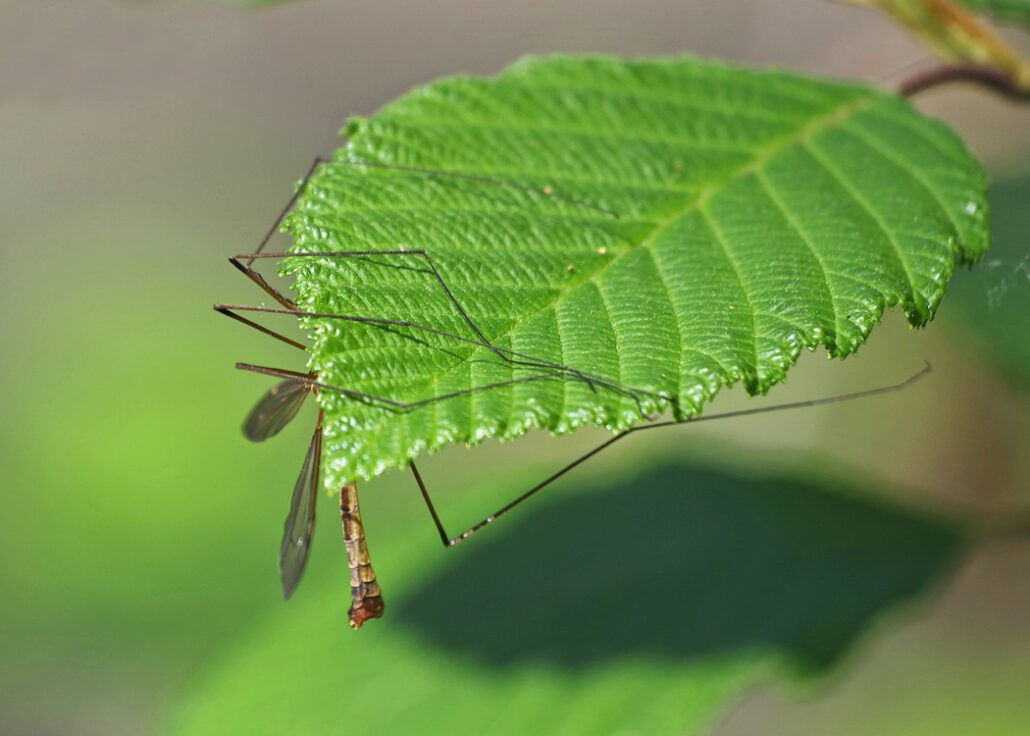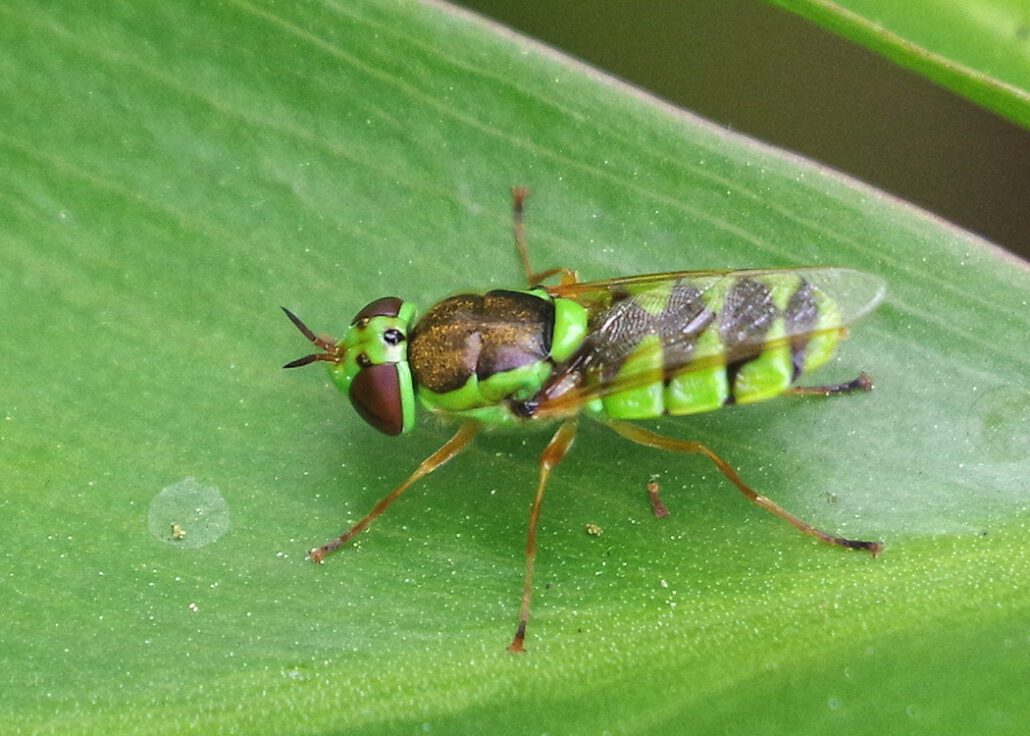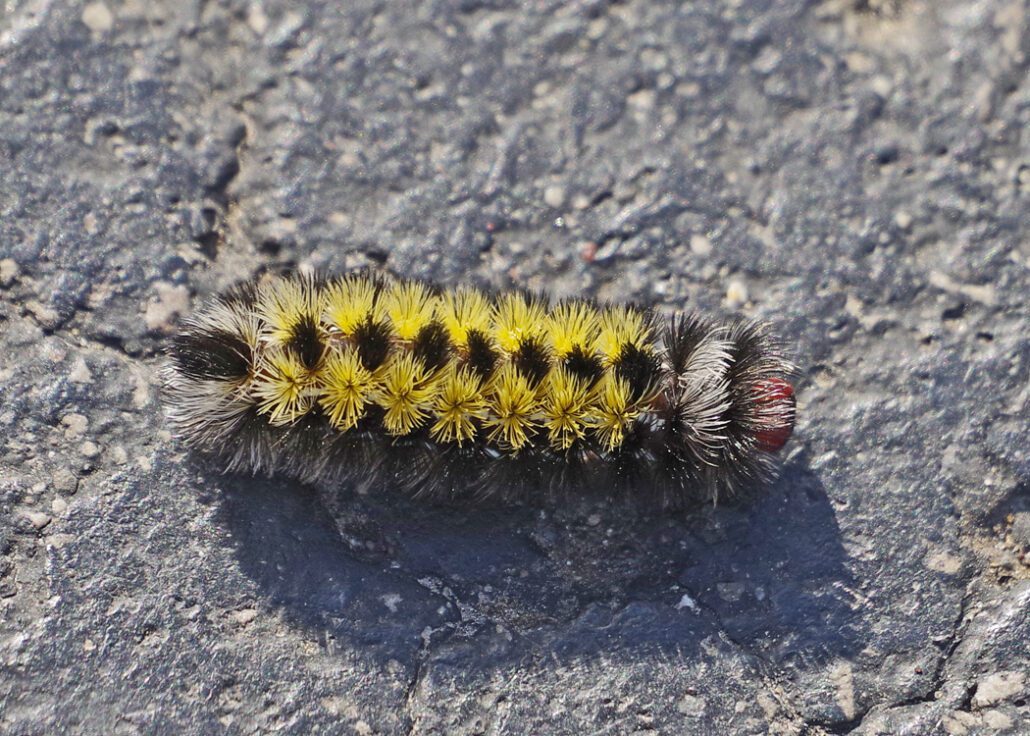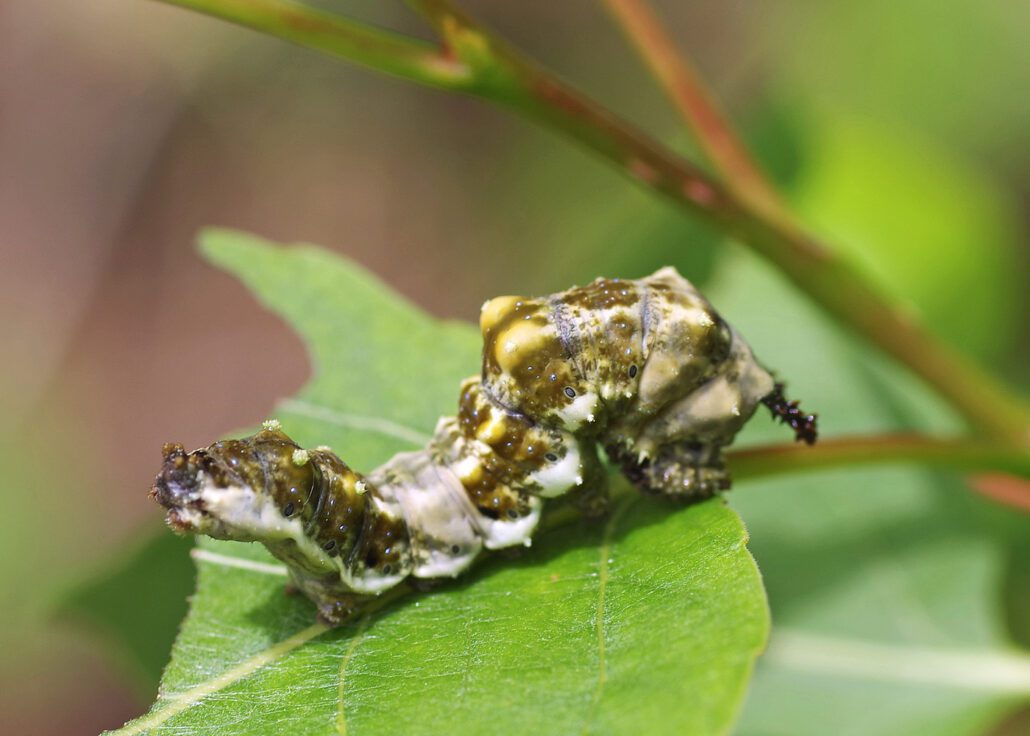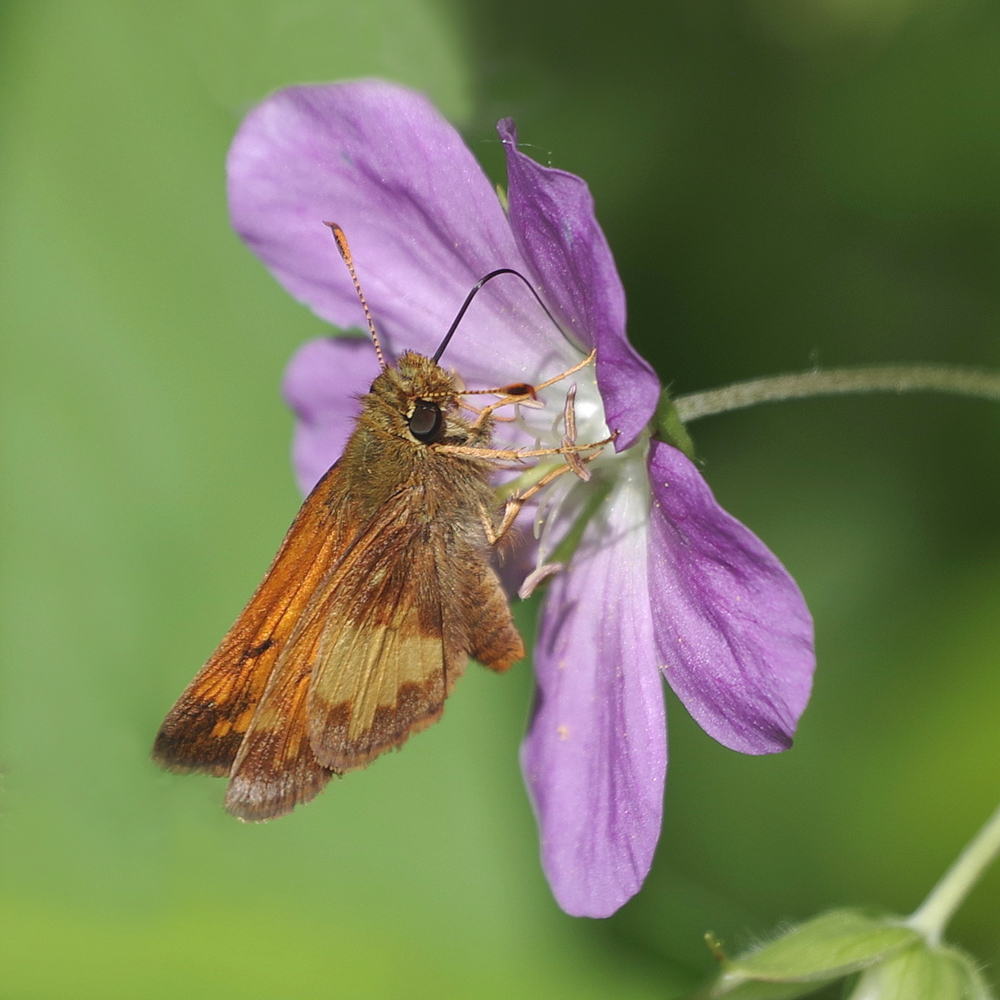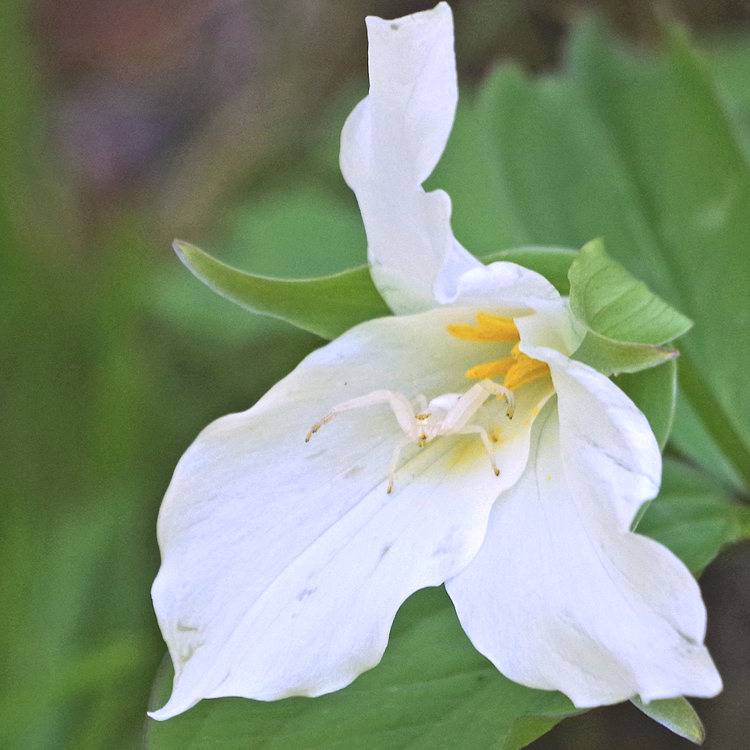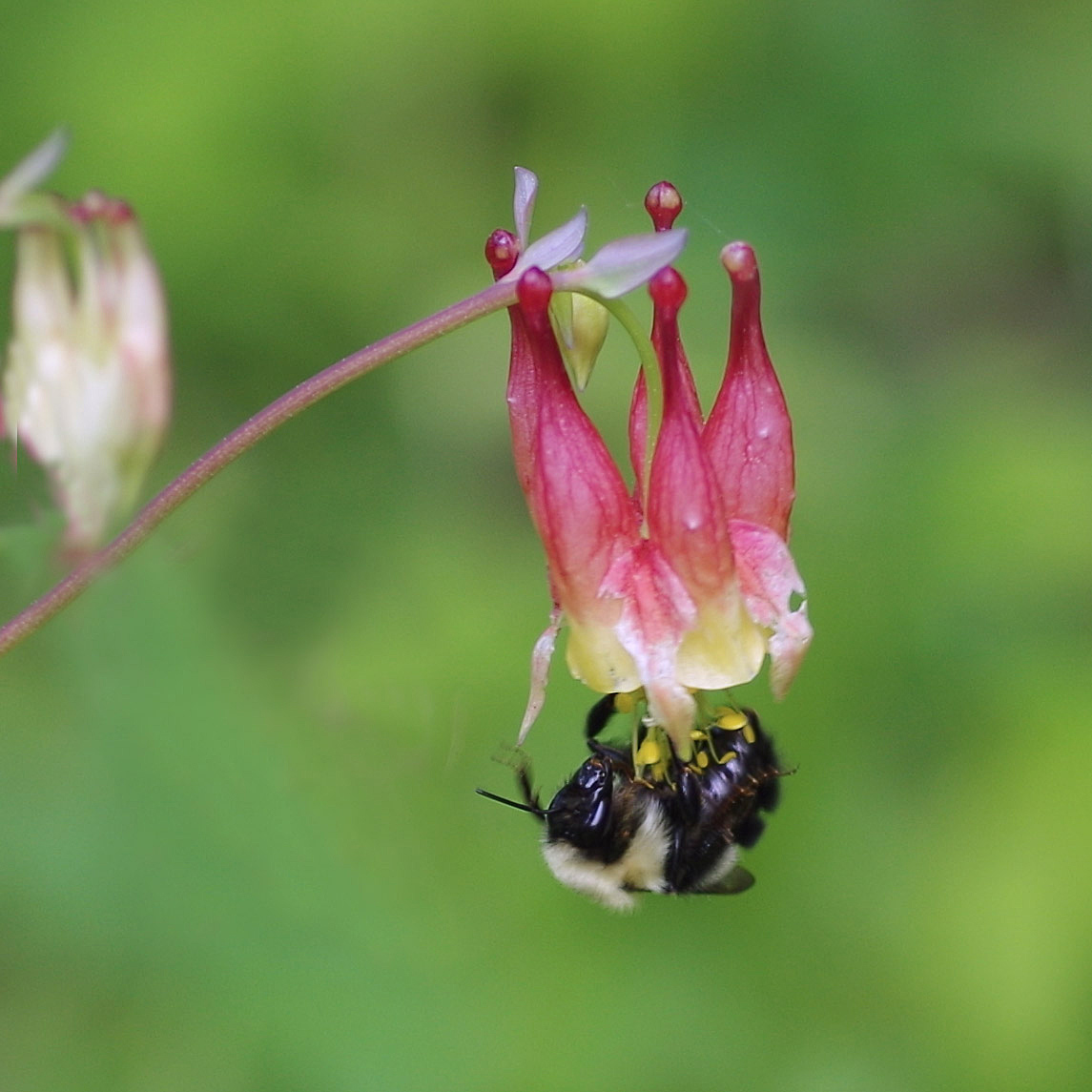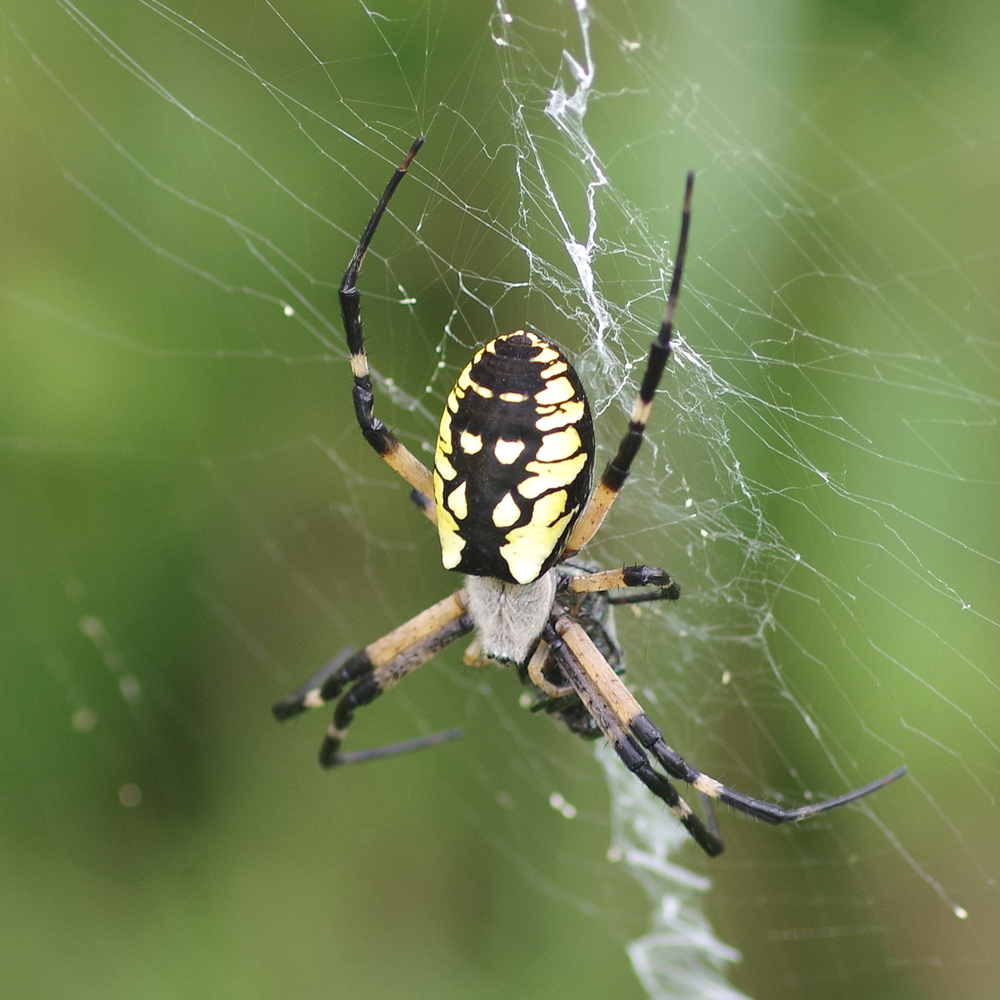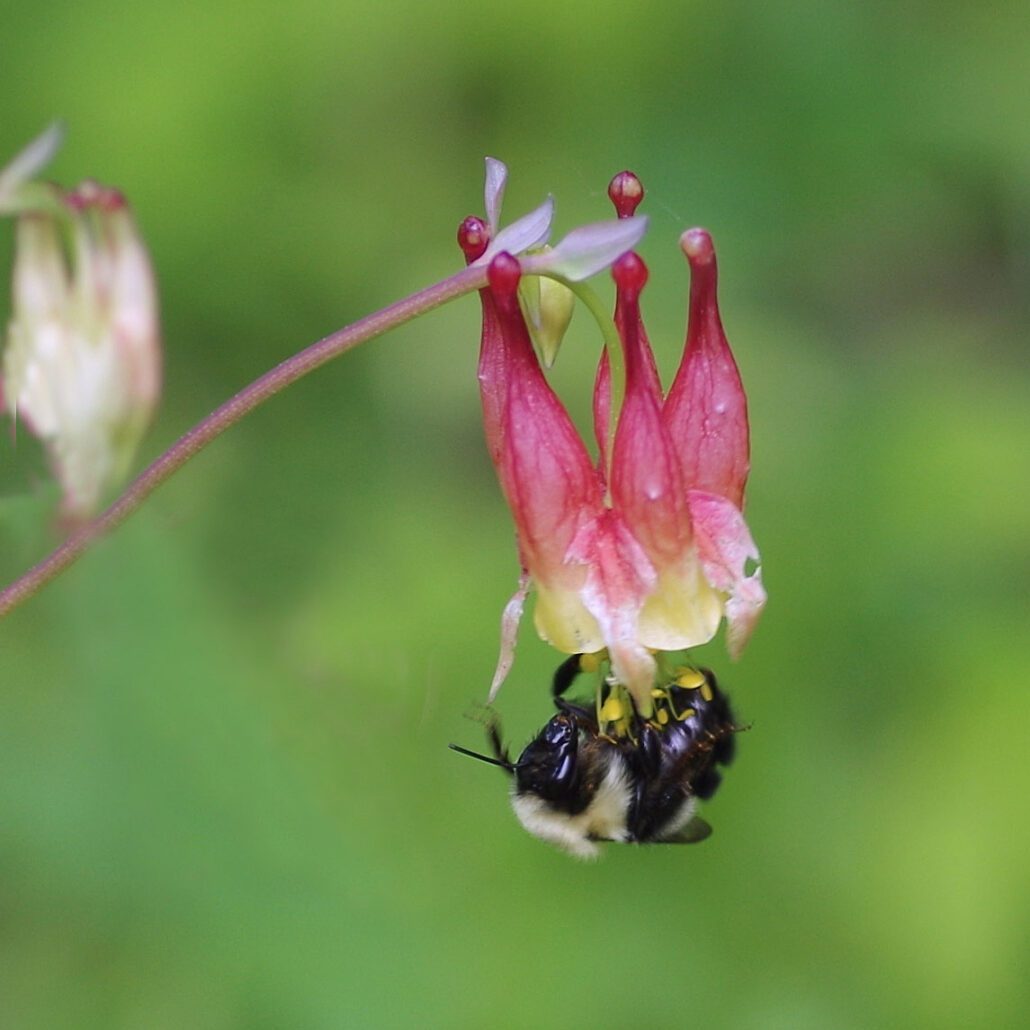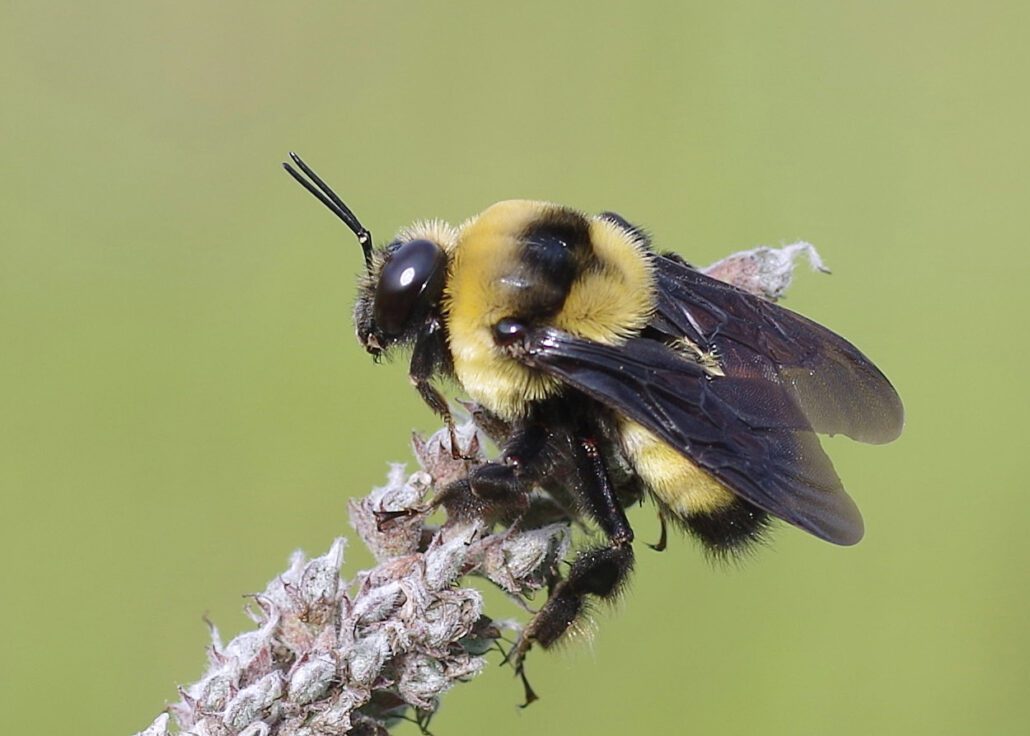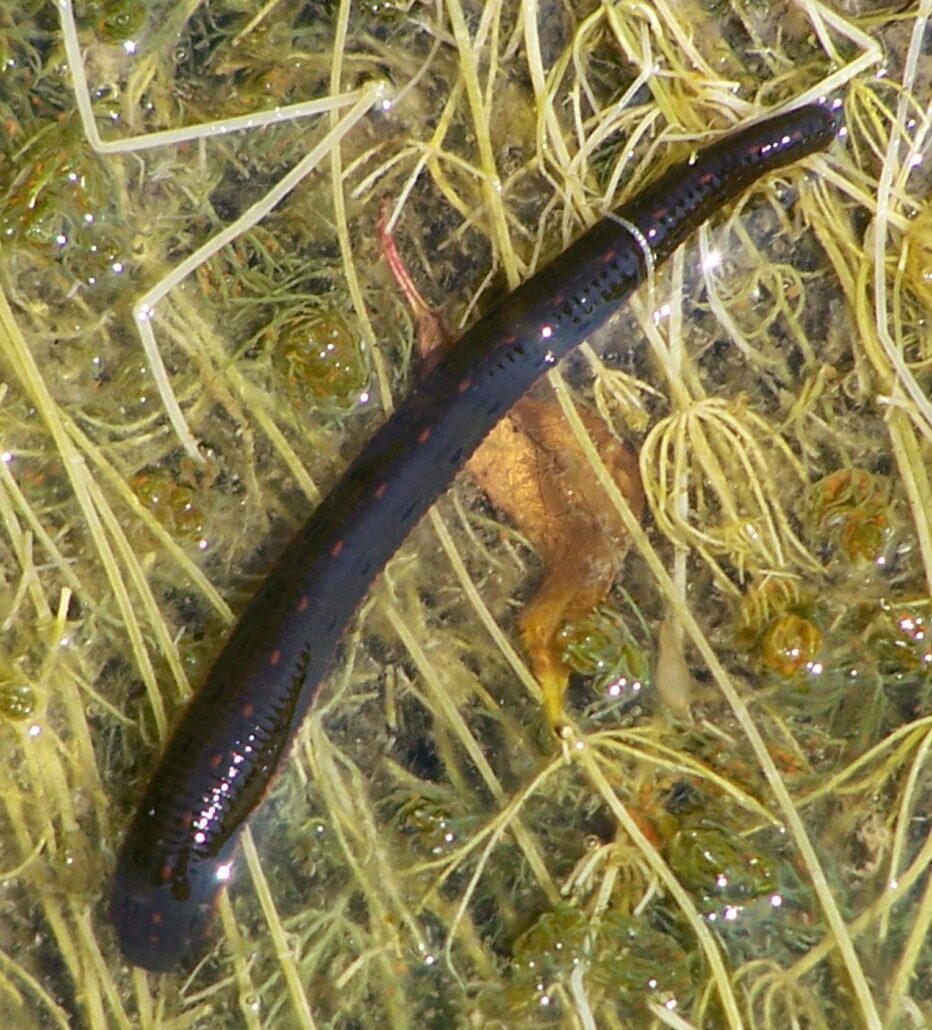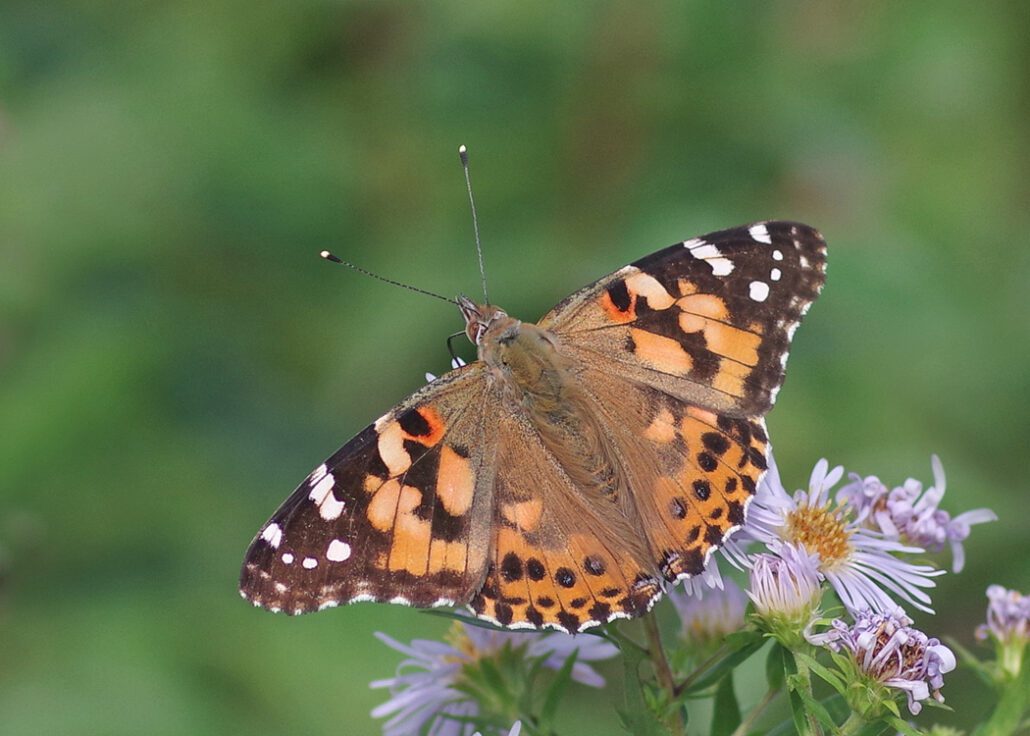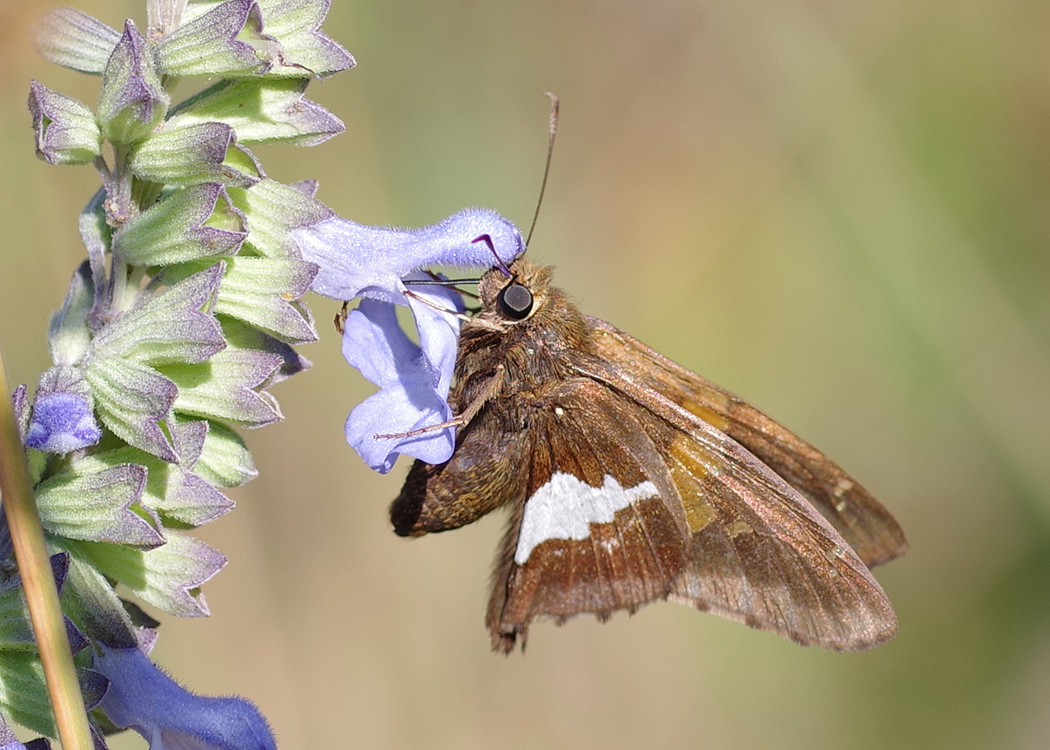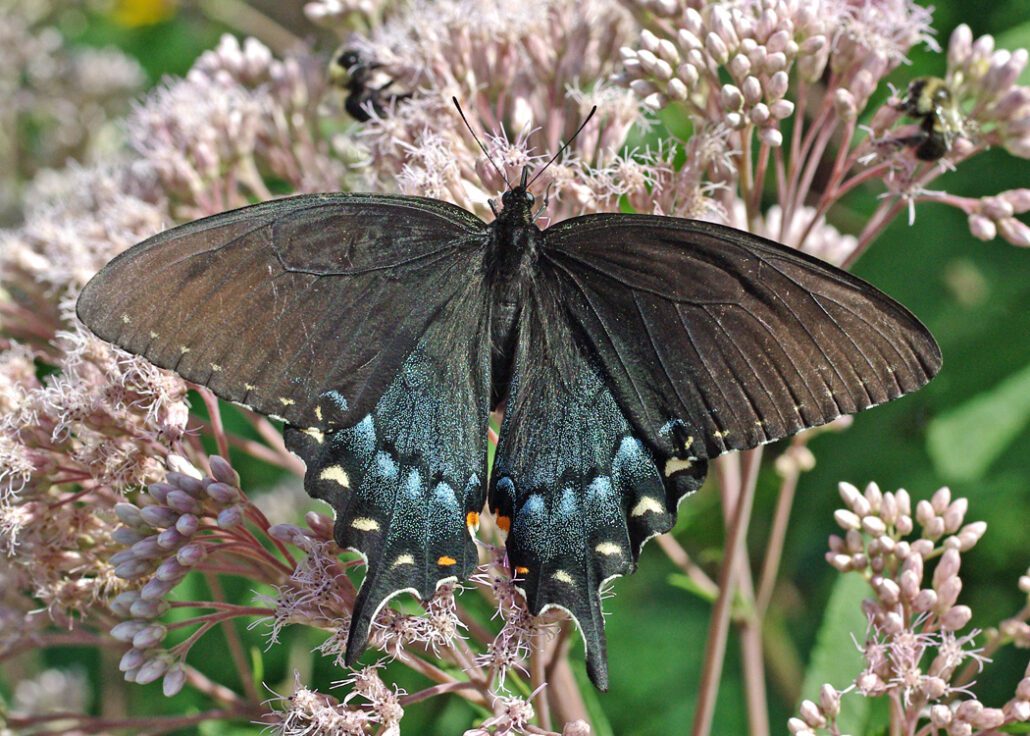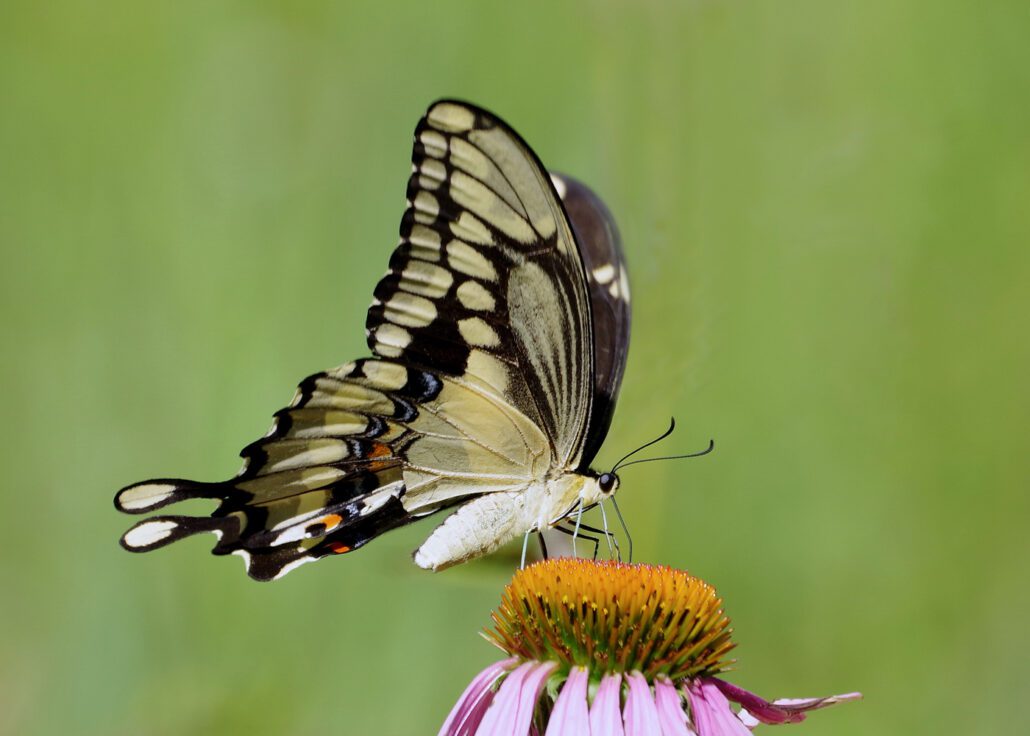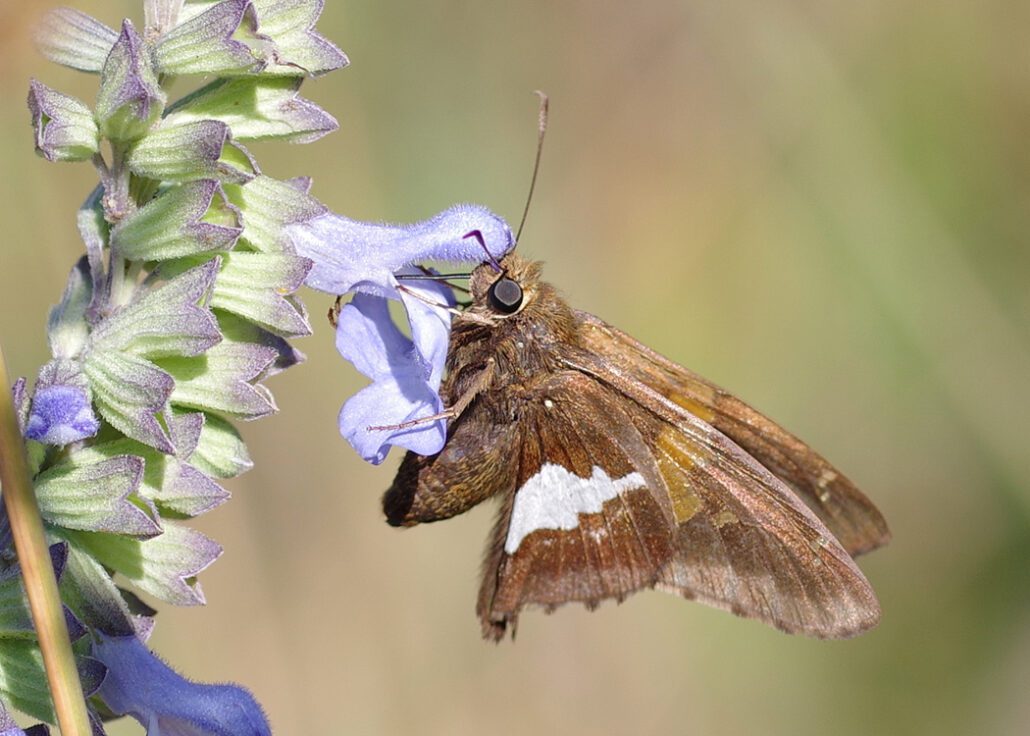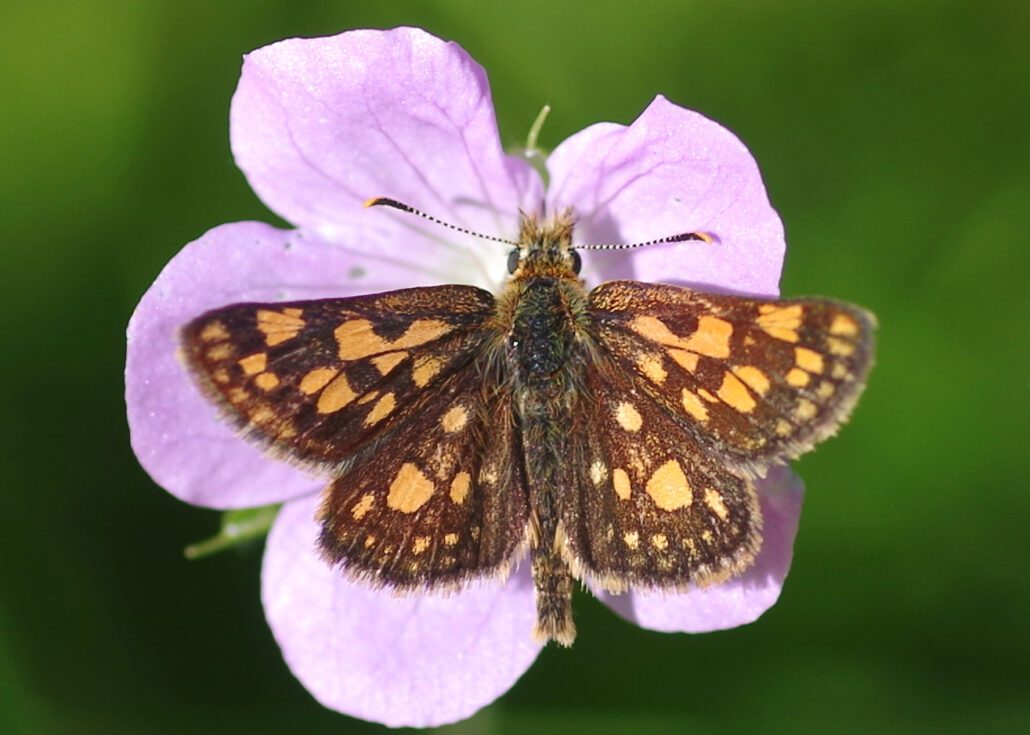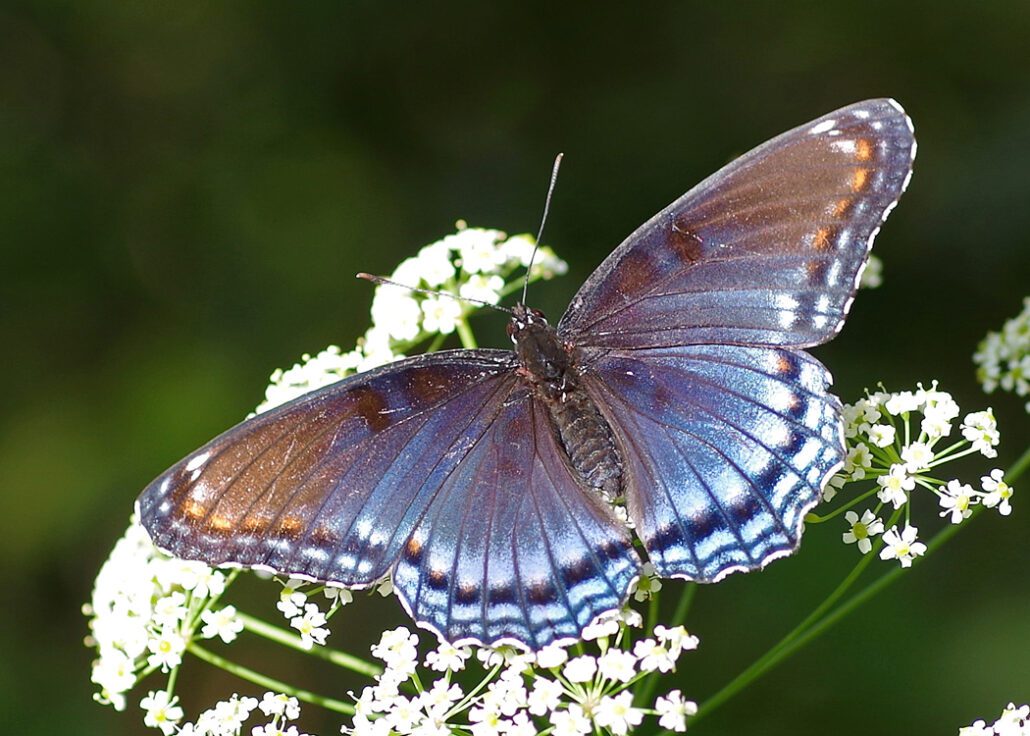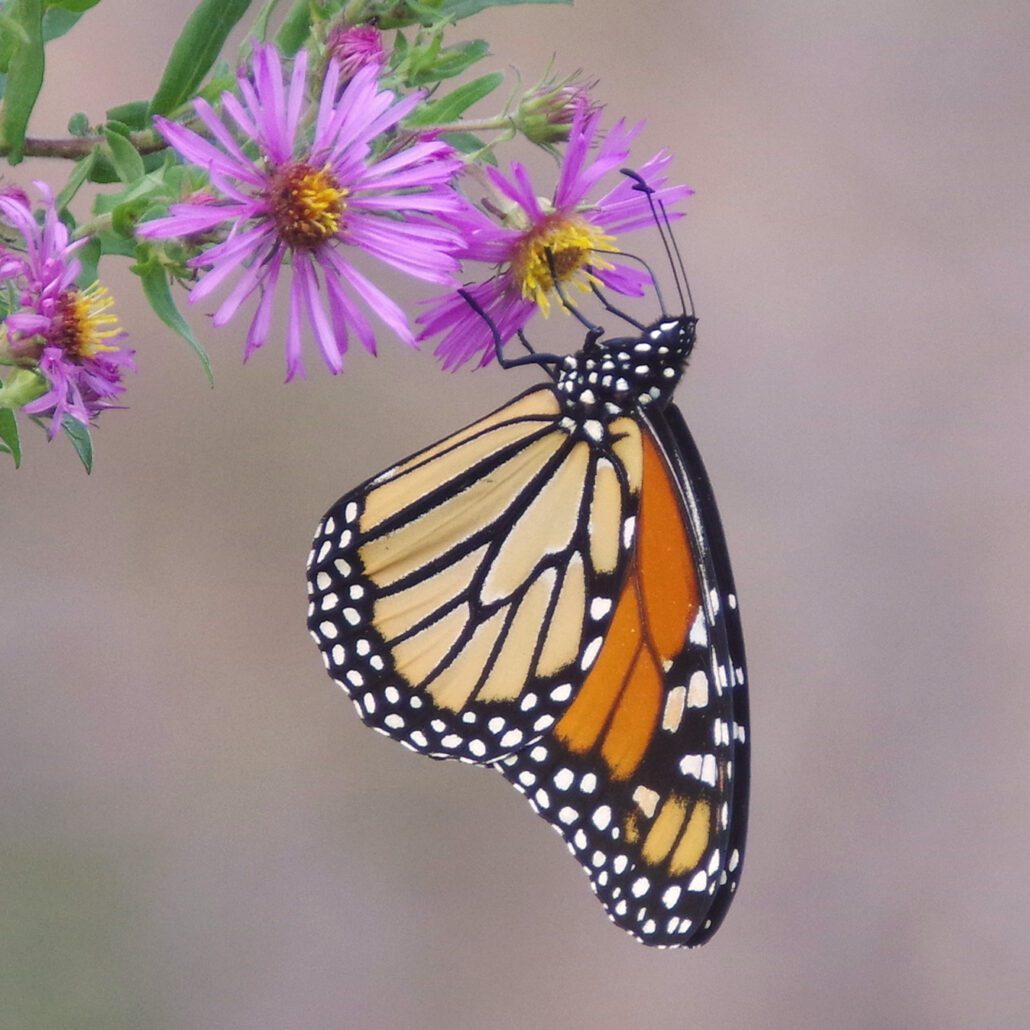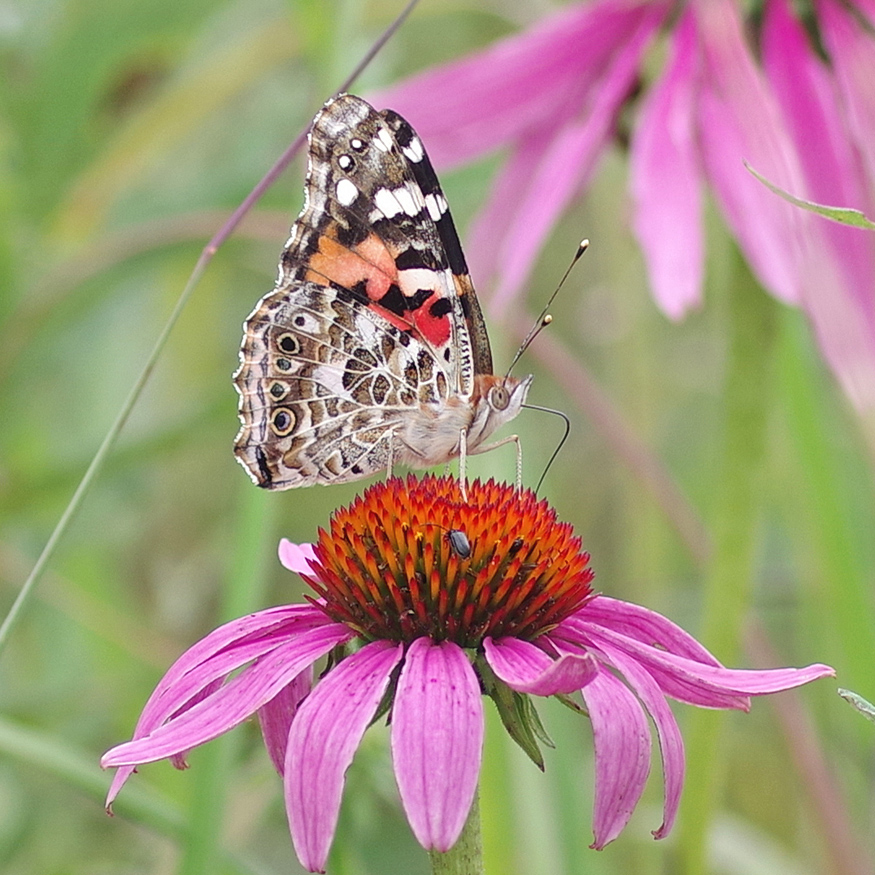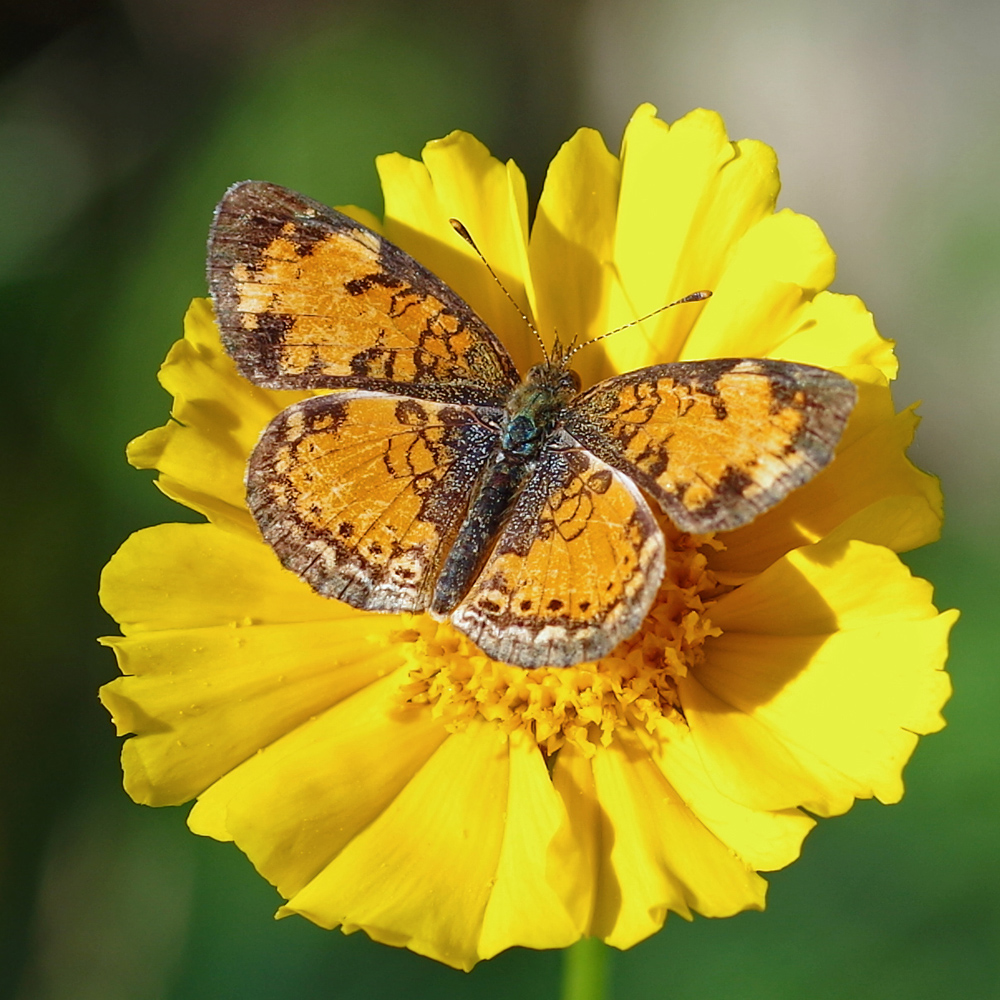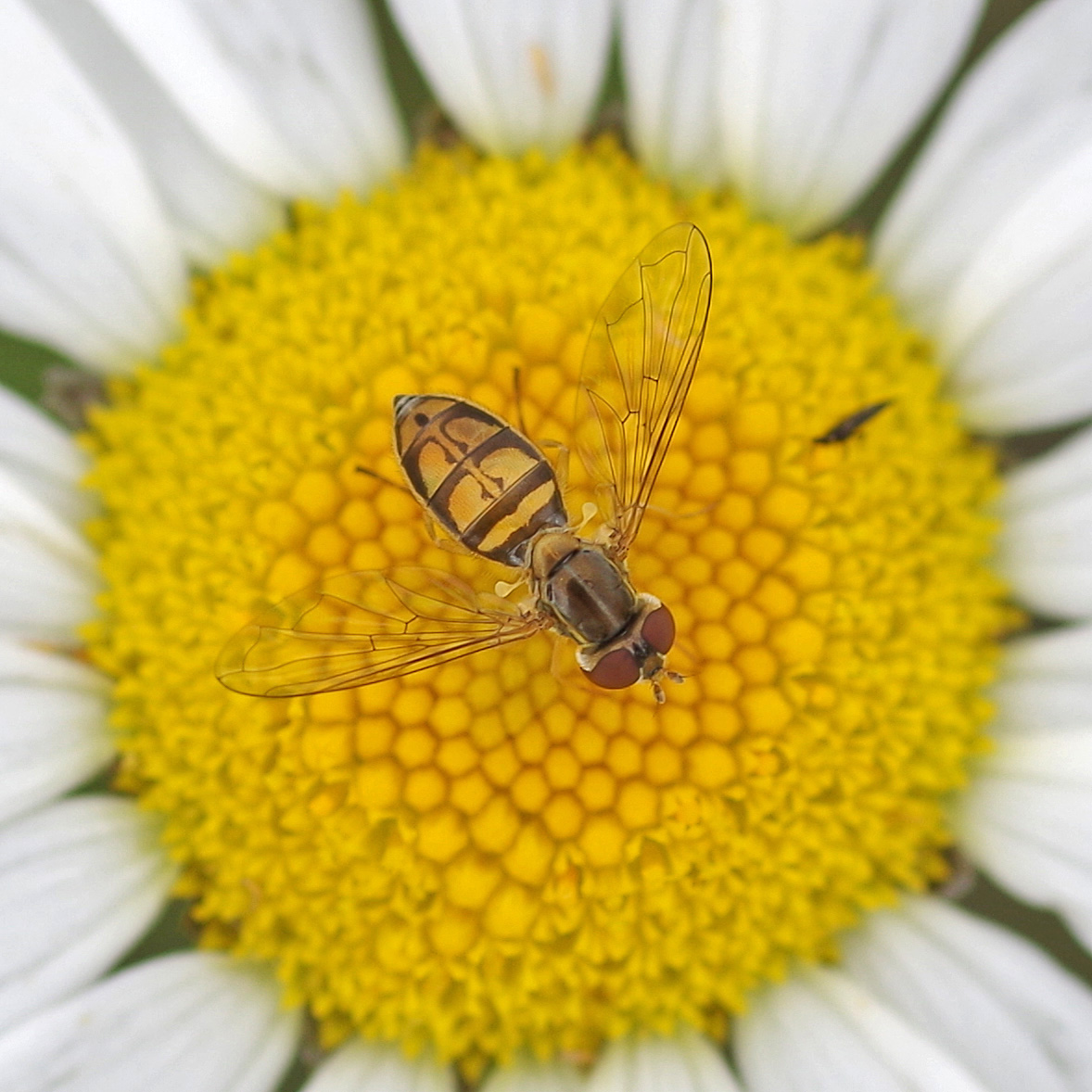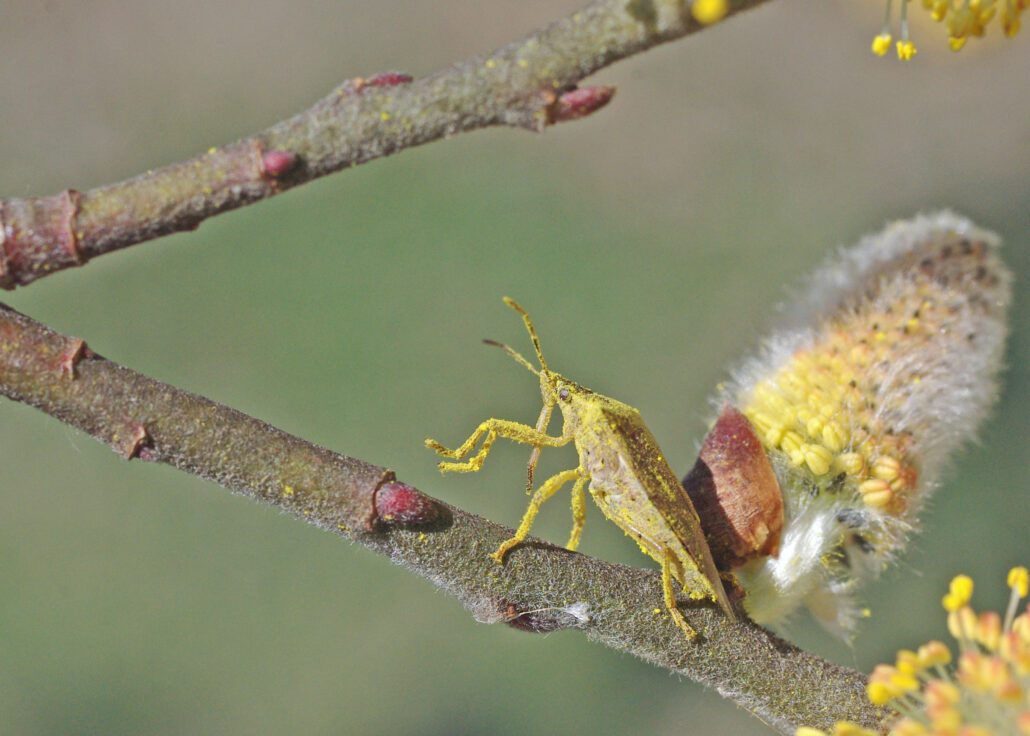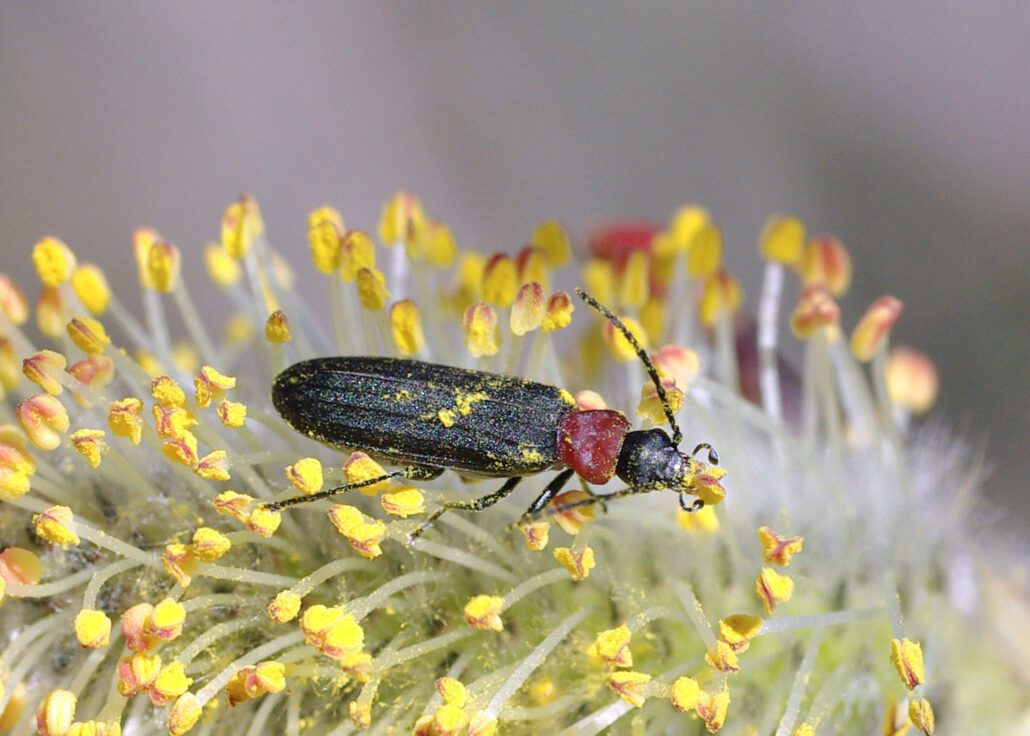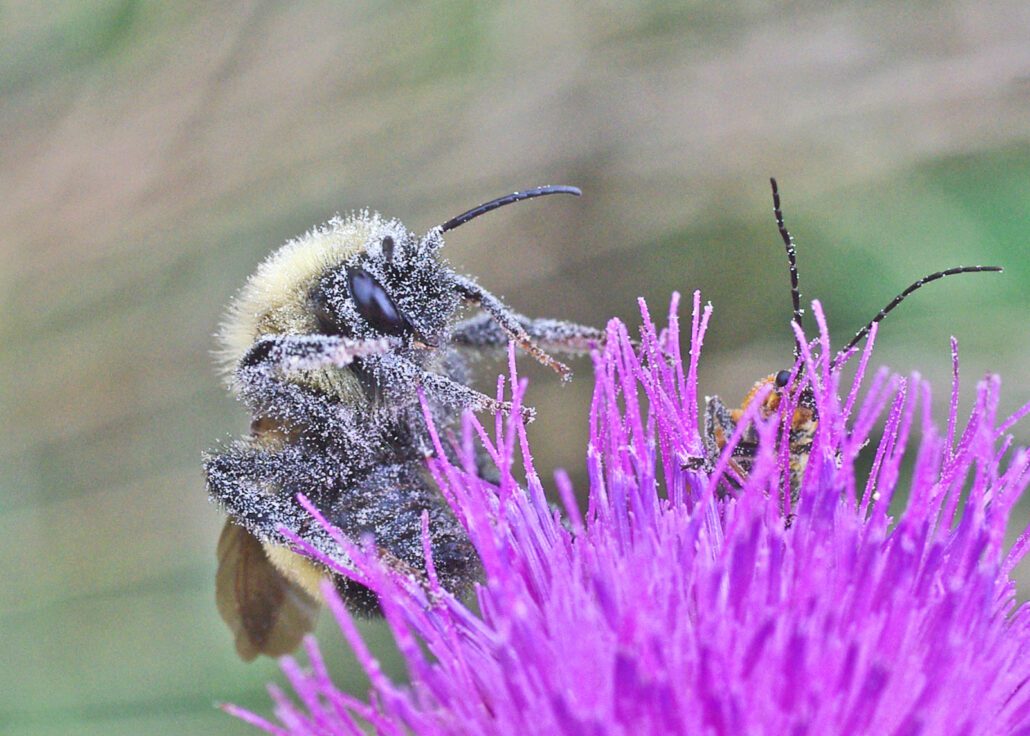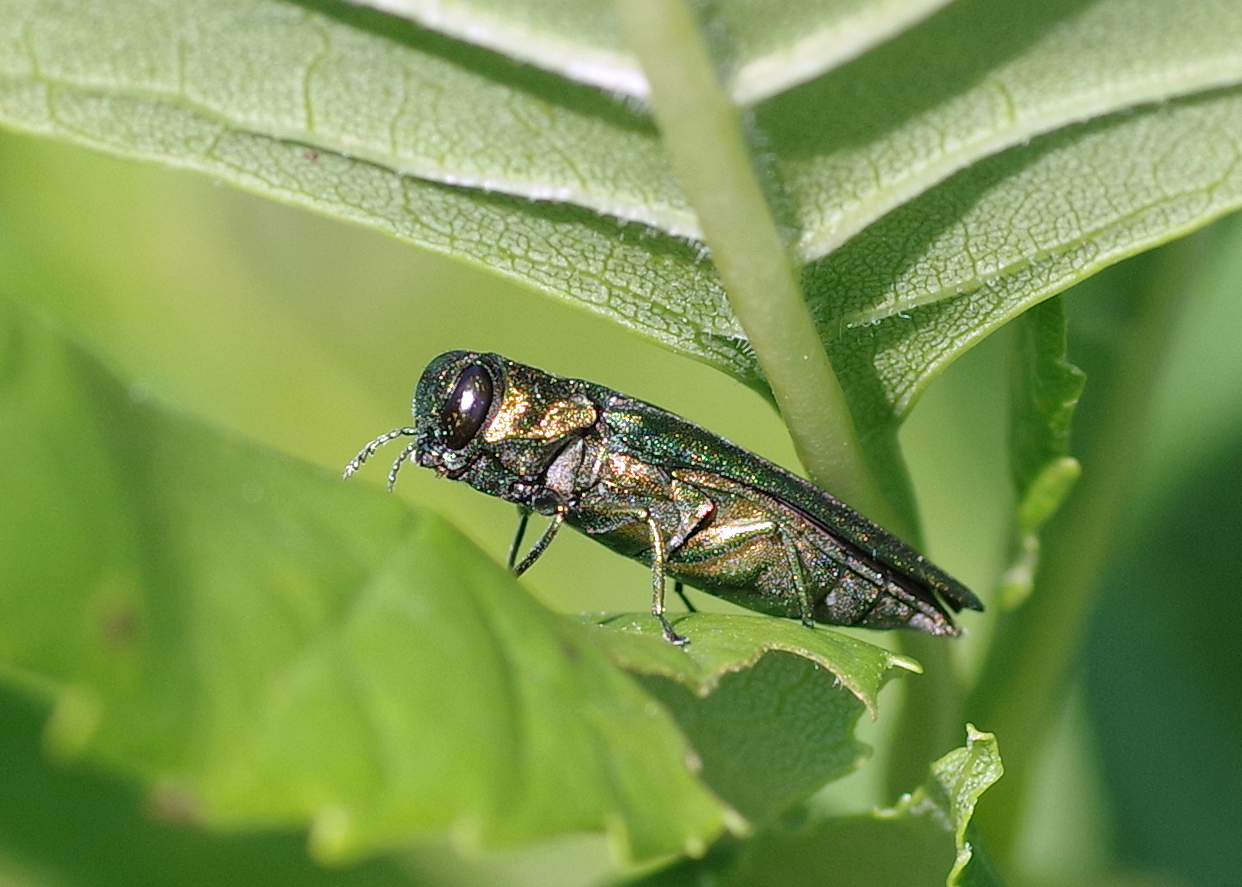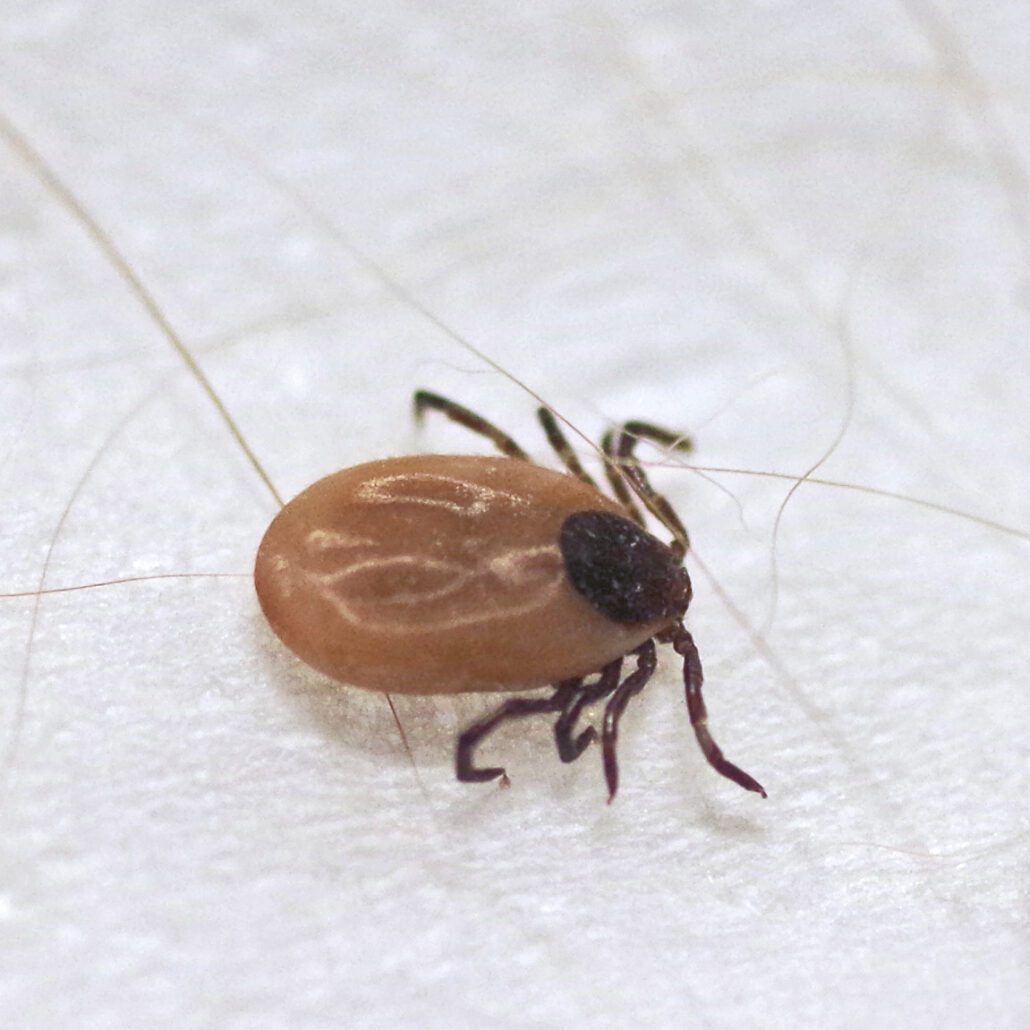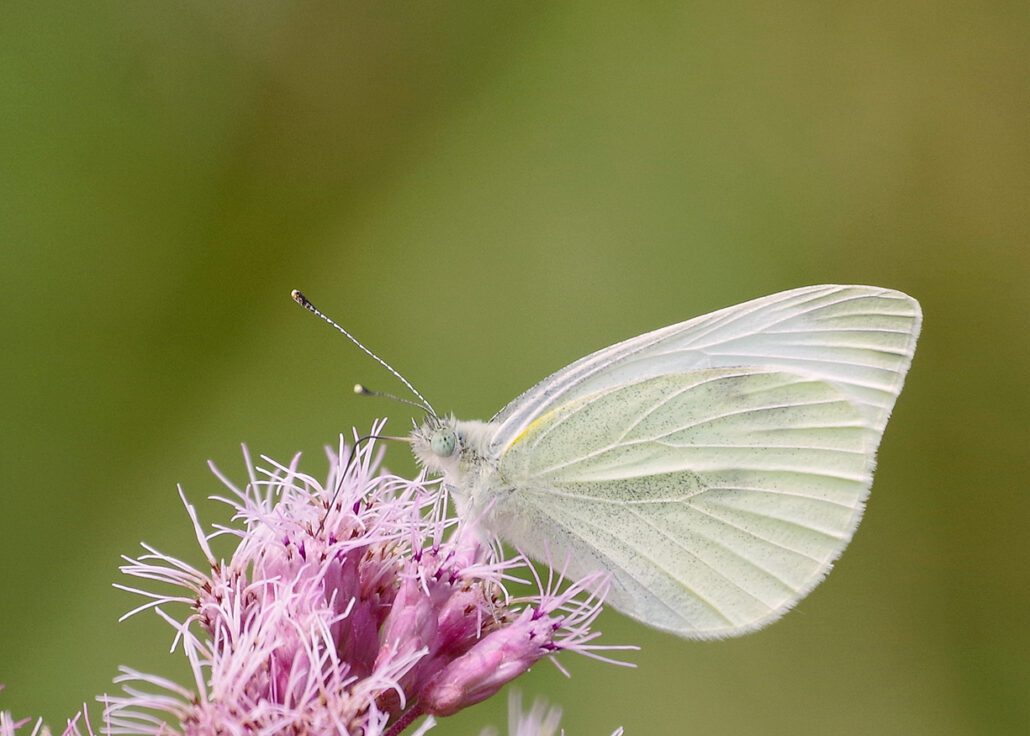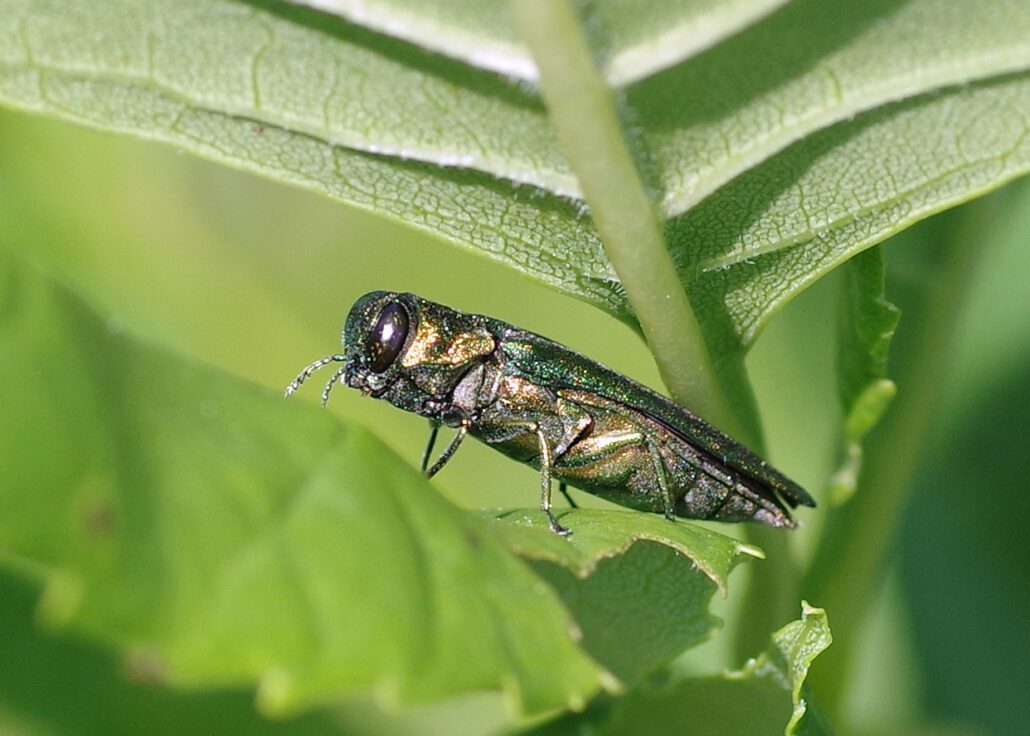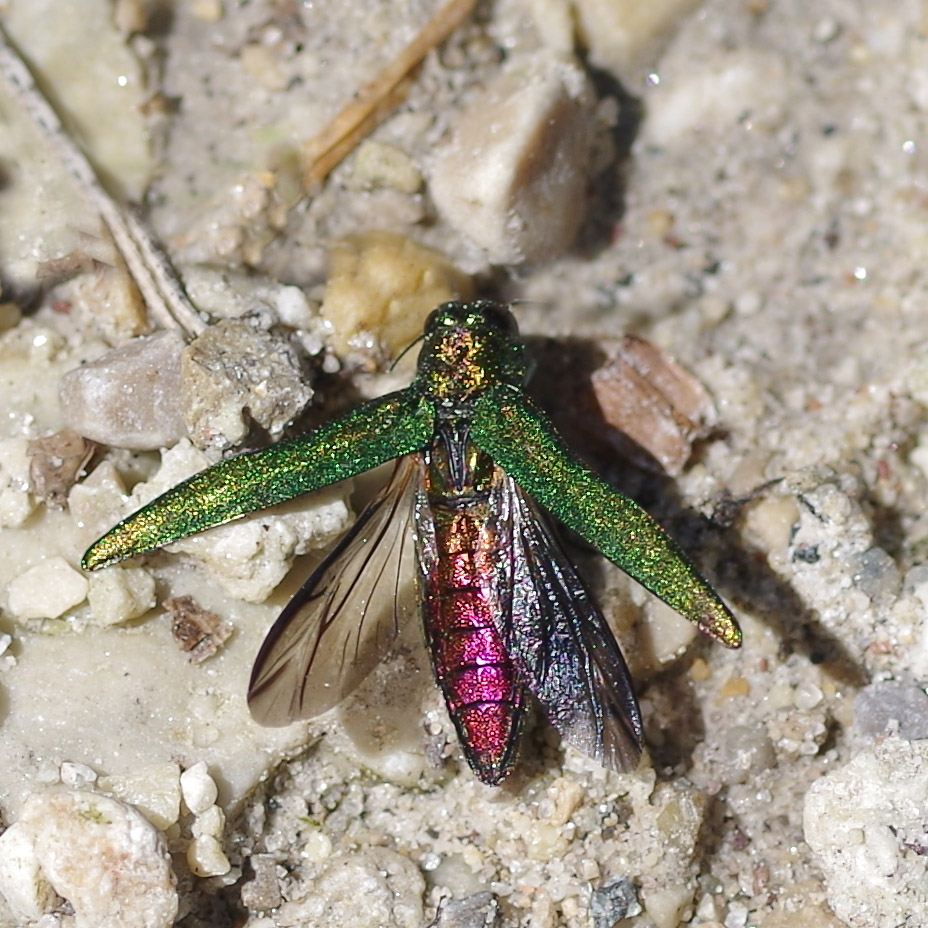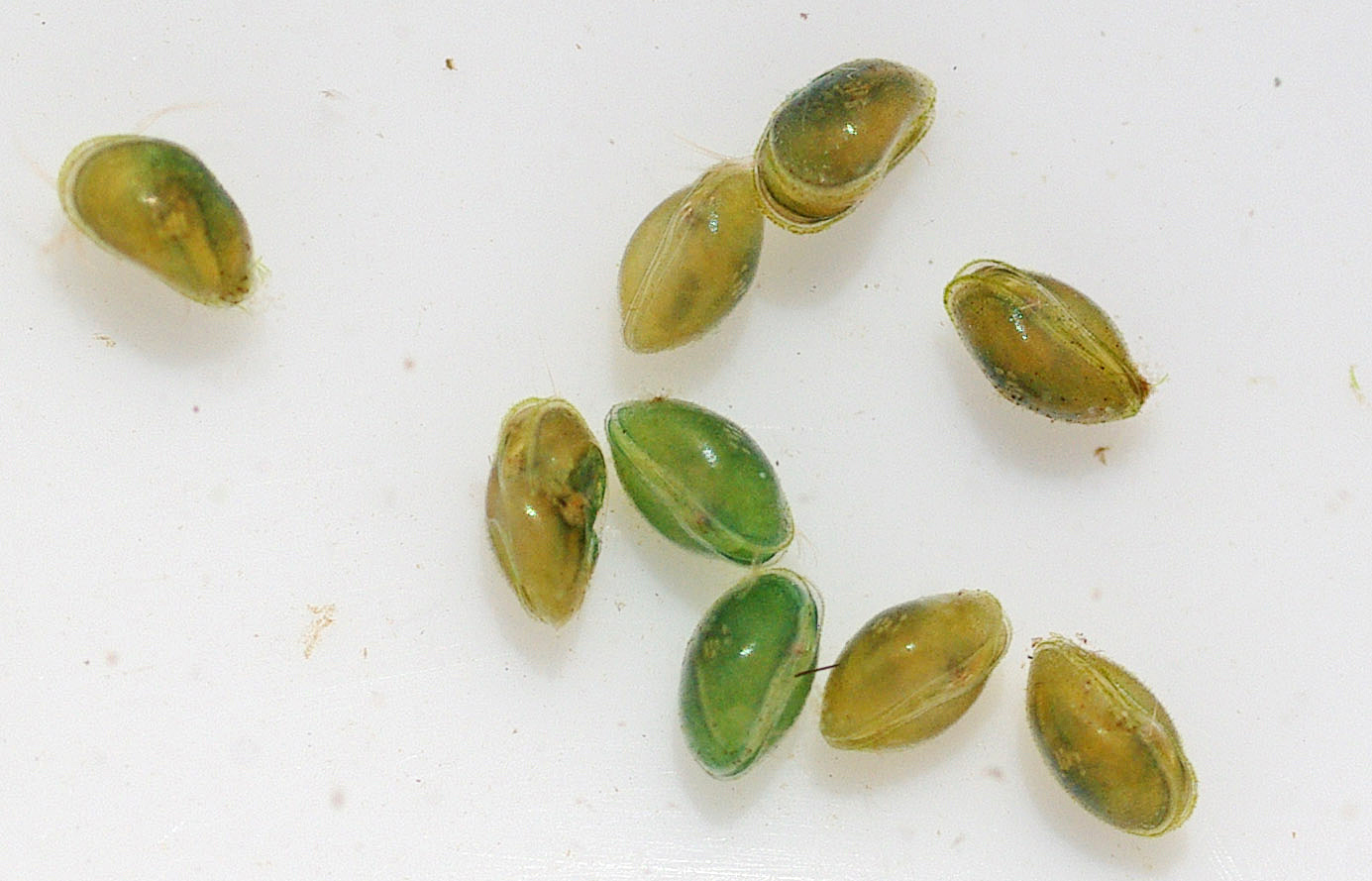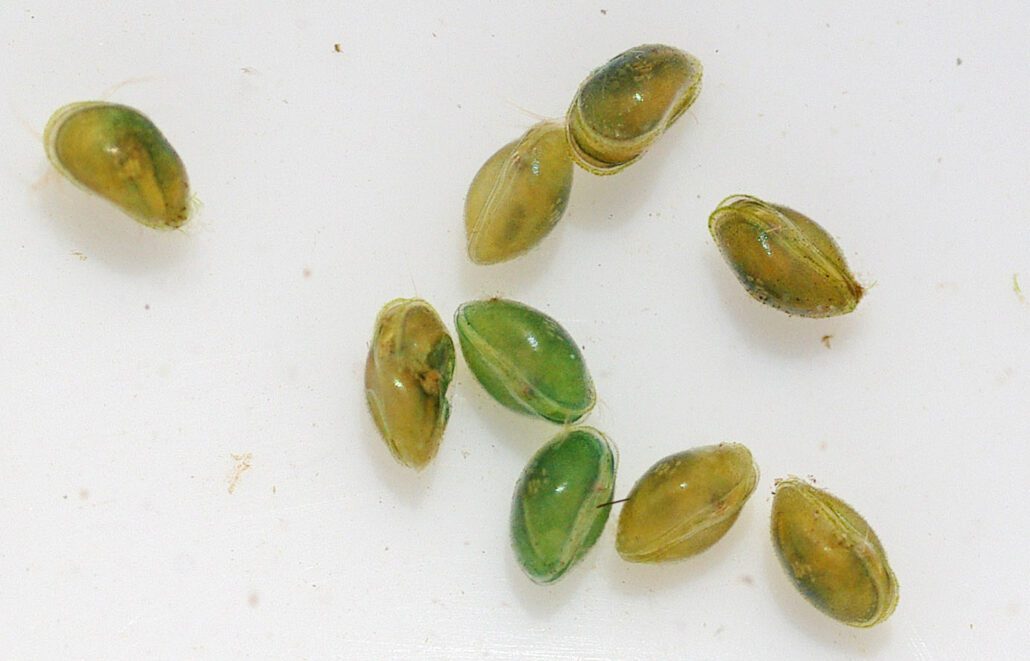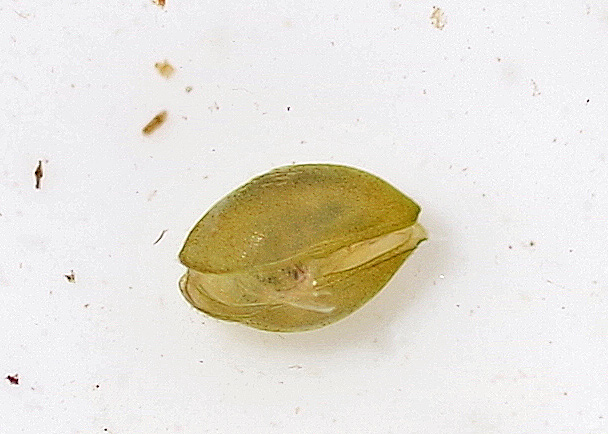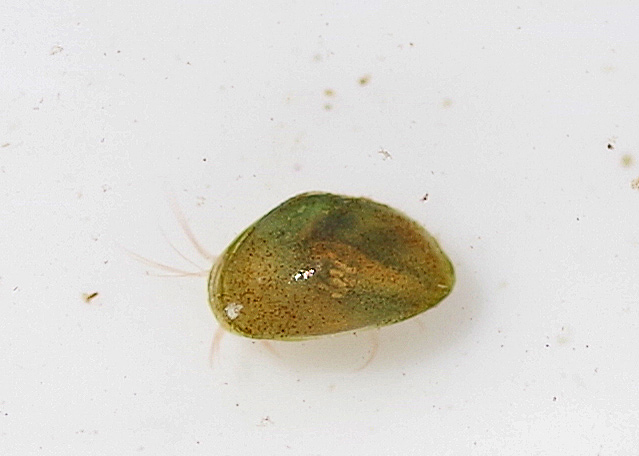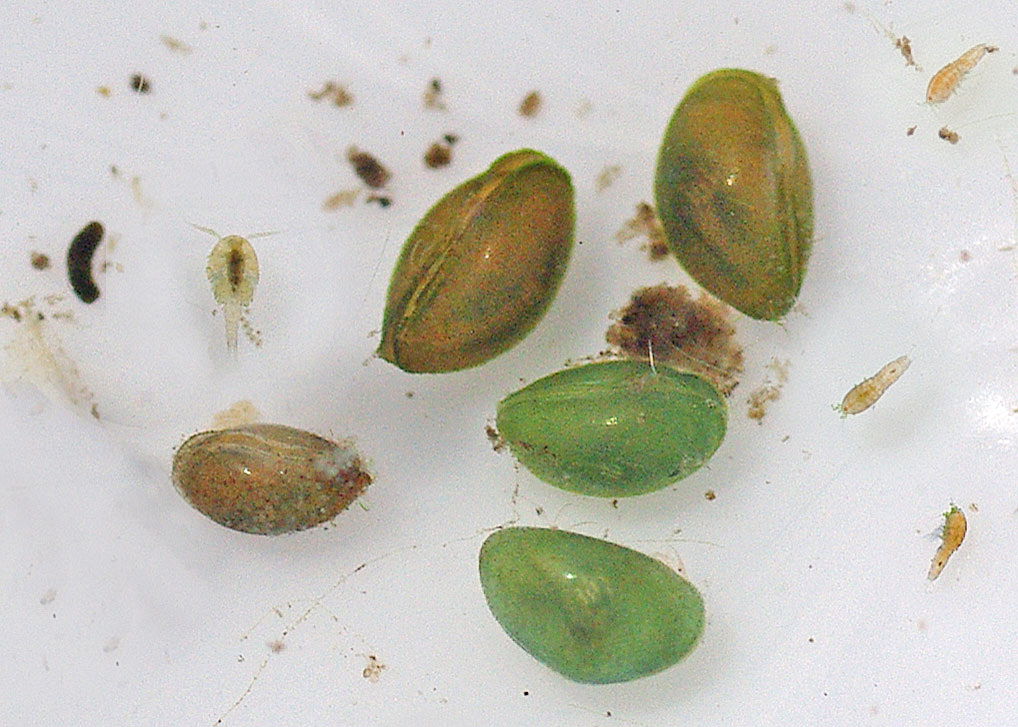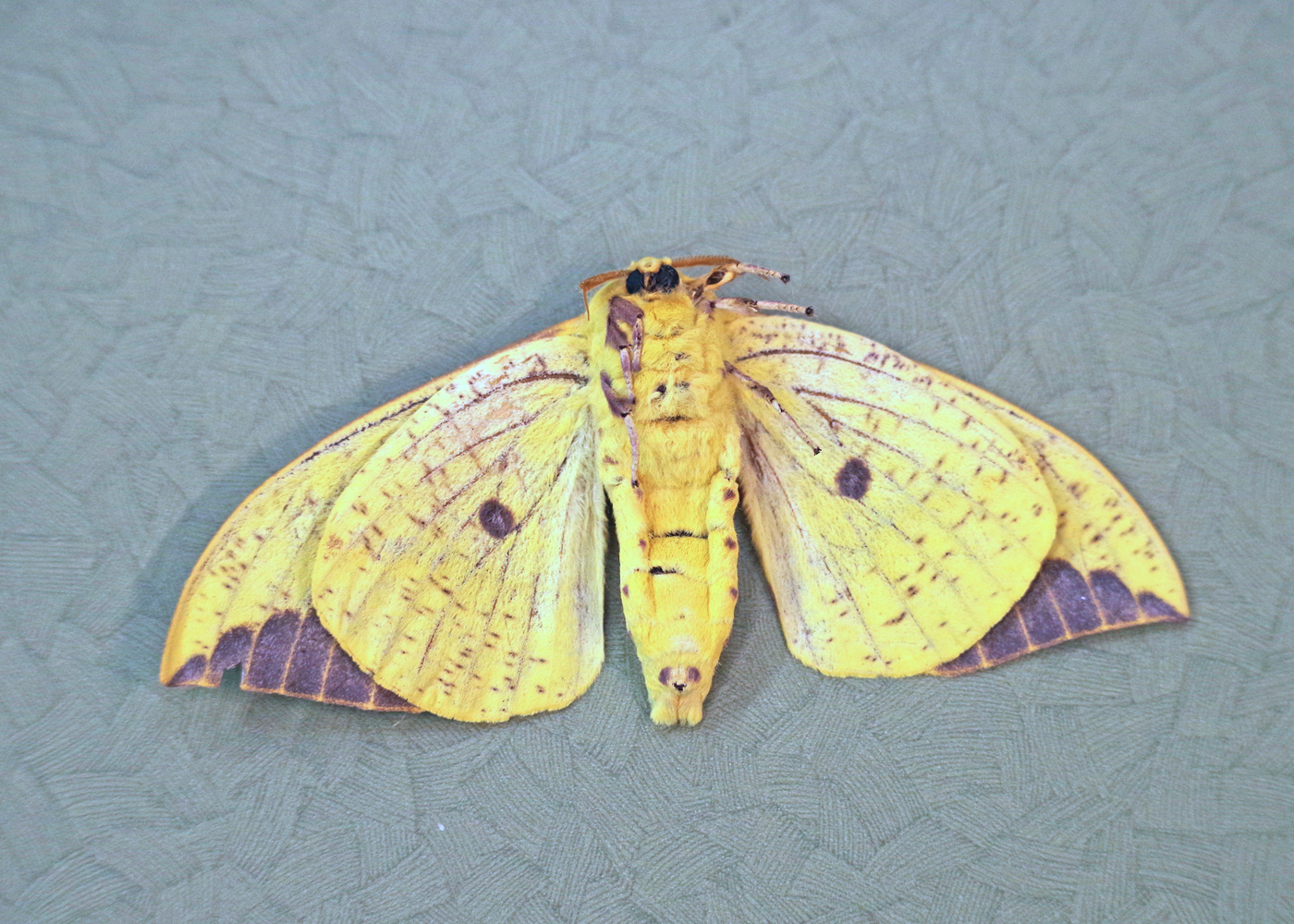
by Kate Redmond
Imperial Moth
Greetings, BugFans,
Well, the BugLady completely zoned about National Moth Week last week, so we are celebrating it now, tardily (but hey, every week is Moth Week).
BugFan Mary emailed to say that she found a deceased Imperial Moth, and did the BugLady want to see it? Oh yes! Mary was keeping it in a plastic container, and by the time the BugLady connected with her, the moth was getting pretty fragrant. The BugLady has sneaked pictures of appropriately-posed dead insects into a few BOTW episodes in the past, but none as obviously dead as this one.
Imperial moths are members of the Giant Silkworm/Royal Moth family Saturniidae, a group of often-large and often-spectacular moths with wingspreads up to 6.” Saturniidae is divided into three subfamilies – the Royal moths, the Buck and Io moths https://bugguide.net/node/view/1670029/bgimage and https://bugguide.net/node/view/1768803/bgimage, and the Silk moths like the Cecropia, Polyphemus, and Luna moths – here’s a BOTW about the Silk moth subfamily https://uwm.edu/field-station/bug-of-the-week/giant-silk-moths-family-saturnidae/.
[Slight detour for a gratuitous and awesome caterpillar in the Royal moth subfamily. The Regal/Royal Walnut moth caterpillar even has its own name, the Hickory Horned Devil. Here’s a nice series of pictures https://bugguide.net/node/view/11016/bgimage.]
Female Saturniid moths “call” males by releasing pheromones. Using their feathery antennae, the males can detect these chemicals from several miles away.
Saturniids produce large, spectacular, bumpy/knobbed/spiny/hairy caterpillars. Most of the caterpillars feed, sometimes destructively, on leaves of a variety of woody plants (a few on grasses), but adults don’t feed at all, fueled, as one source said, only by what they ate as caterpillars.
Their caterpillars protect themselves variously with camouflage (often, finding their frass (poop) is the first clue that they’re around), with stinging hairs, by producing clicking sounds, or by vomiting when attacked (it’s theorized that their aposematic (warning) coloration announces the upcoming vomit). Many moths have eyespots on their wings to spook predators. Saturniids do make silk, but it’s not particularly harvestable – the silkworm moths whose silk is woven into fabric are in a different family.
For a variety of reasons, Saturniid populations are shrinking. The usual suspects – habitat change and pesticides – are joined by high intensity street lights that interrupt mating (females tend to stay in the vicinity of their natal trees, but males are far-ranging and easily distracted by lights), and by overzealous introduction of parasitic flies and wasps meant to control the Spongy (formerly Gypsy) moth. These non-native parasitoids, alas, show a decided affinity for the silk moths and not enough of an interest in Spongy moths. Hopefully, we’re doing a better job at screening potential biological control species these days.
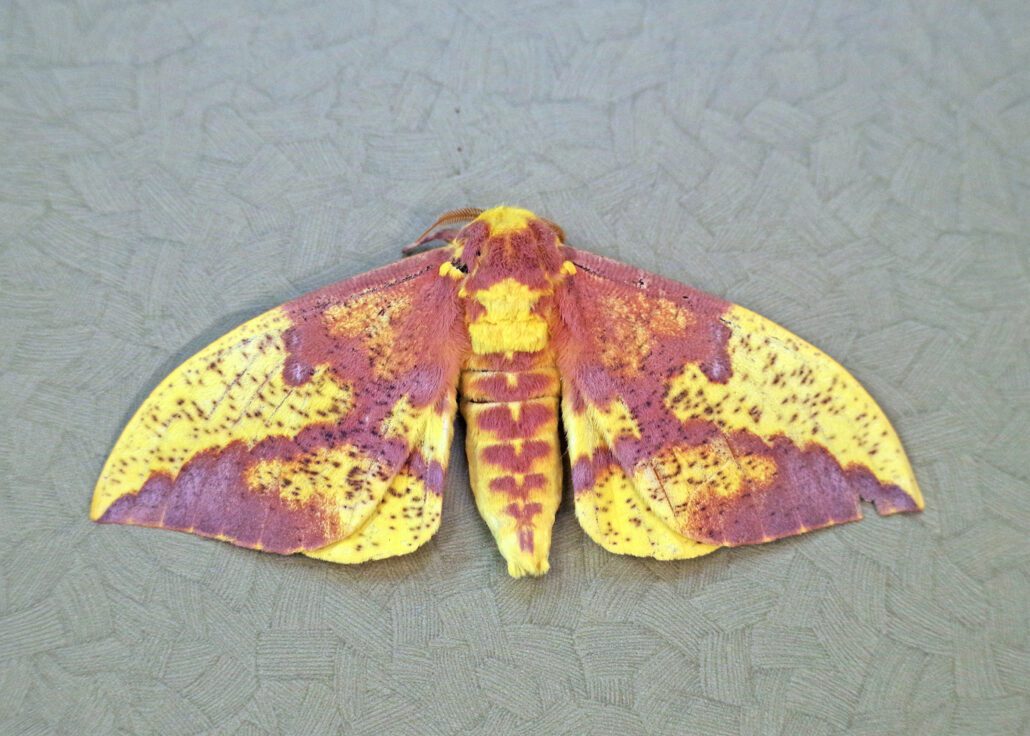
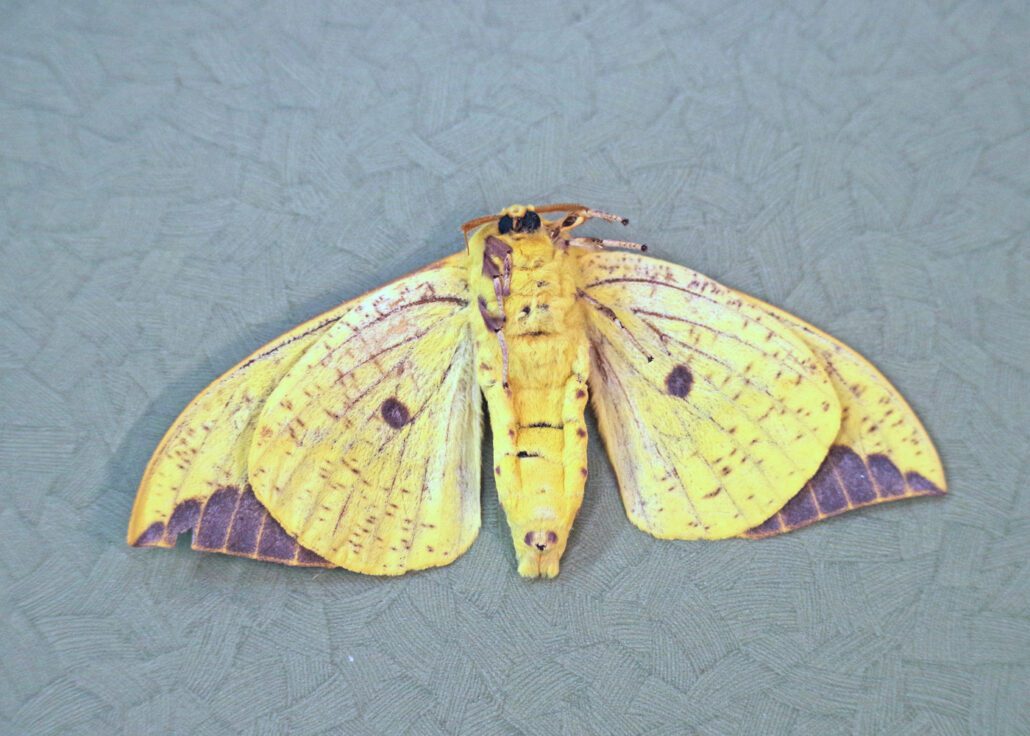
Anyway, the IMPERIAL MOTH (Eacles imperialis), aka the Great Plane Tree moth and the Yellow Emperor, is in the Royal moth subfamily Ceratocampinae (which is Greek for “horned caterpillar”) and is one of two (or maybe more) species in its genus in the US, and (maybe) the only one in the East. Variability in the color of Imperial moths and caterpillars https://www.marylandbiodiversity.com/view/335 (be sure to scroll all the way down) has led to some taxonomic tussles – there are regional morphs or color forms, subspecies, and sibling species. Sibling species are evolution in action – a species that is splitting. These are closely-related organisms whose forms look pretty much alike to us, but not to each other, so they don’t mate (reproductive isolation). Next step – the development of more distinctive physical or behavioral characteristics, and finally, an official species nod. One subspecies, the Pine Imperial moth (Eacles imperialis pini) occurs on both sides of the border from northern Michigan to Vermont, restricts its diet to conifer needles, and has been considered a separate species by some. DNA barcoding will ride to the rescue.
Imperial moths are primarily found in deciduous and mixed woodlands and barrens east of the Great Plains from Canada to Florida to Texas, and south to Argentina, but their historic range extended farther north than it does today. Moths have wingspans of 4” to 5” https://bugguide.net/node/view/2038089/bgimage, with females slightly larger than males, and males more heavily marked than females. Based on the two dark spots on the underside of the end of this moth’s abdomen (and its feathery antennae), it’s a male. Caterpillars may measure up to 4.”
Females call from the treetops at night and romance ensues https://bugguide.net/node/view/1395835/bgimage. They place their eggs, singly or in small batches https://bugguide.net/node/view/802928/bgimage , on the upper and lower surfaces of leaves, laying several hundred in all. Caterpillars feed alone, and when they’ve eaten enough, crawl down the tree trunk, dig a hole, and create a pupal cell underground. They overwinter there, and the pupa emerges by backing up and out of its cell, onto the ground, early the next summer.
The list of caterpillar host trees is long and includes oak, hickory, walnut, sycamore, basswood, maple, elm, beech, hornbeam, birch, some conifers and more. In his Caterpillars of Eastern North America, Wagner says that “caterpillars feed by locking onto vegetation with their powerful anal prolegs (https://bugguide.net/node/view/1134273/bgimage) and pulling leaves or needles back over the body.” Although females lay lots of eggs, Imperial moths are not common. The moths are sedentary by day, blending into tree trunks and forest litter but are eaten by bats at night, and the caterpillars provide a tasty meal for birds, which find them as they feed by day on leaf surfaces, for mammals (including armadillos, which dig them out of their pupal cells), and for other insects. Including parasitic flies. Unlike some of their cousins, Imperial moths have no chemical defenses or stinging hairs, but young caterpillars, bearing long protuberances (scoli) on their thoraxes, wave their front ends back and forth to bluff predators https://bugguide.net/node/view/10760/bgimage.
Thanks, Mary,
Kate Redmond, The BugLady
Bug of the Week archives:
http://uwm.edu/field-station/category/bug-of-the-week/

